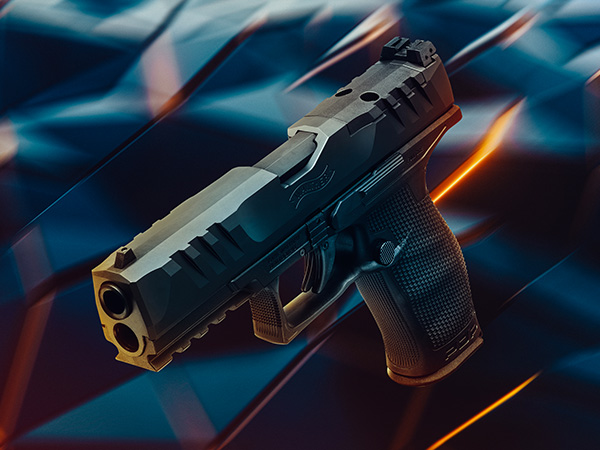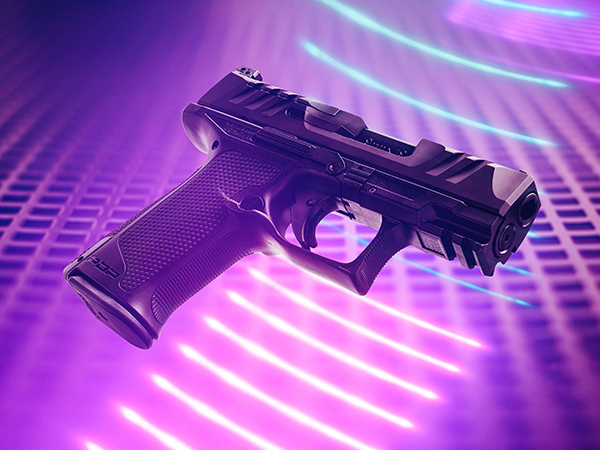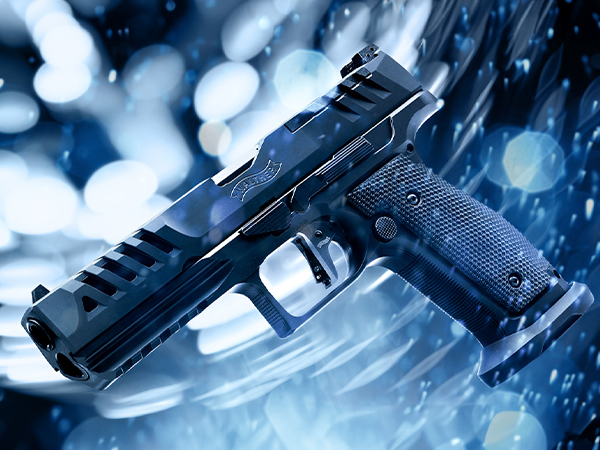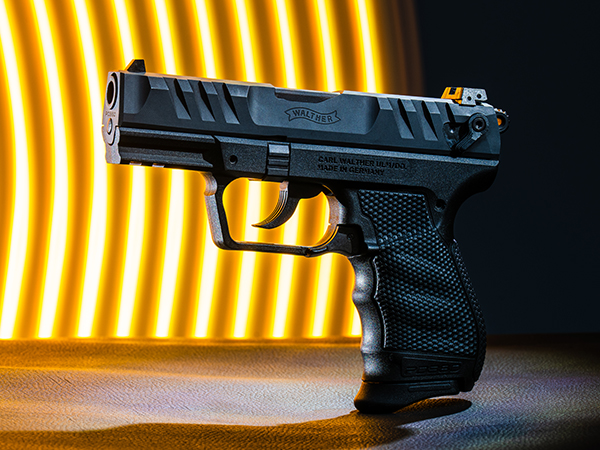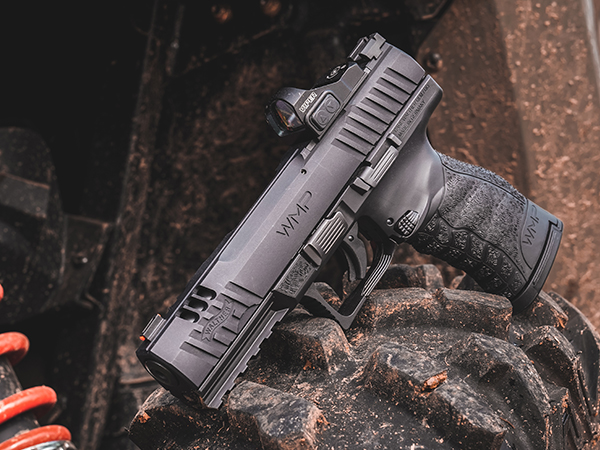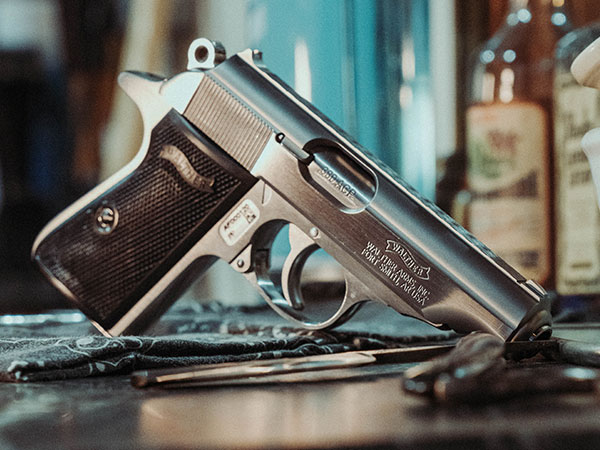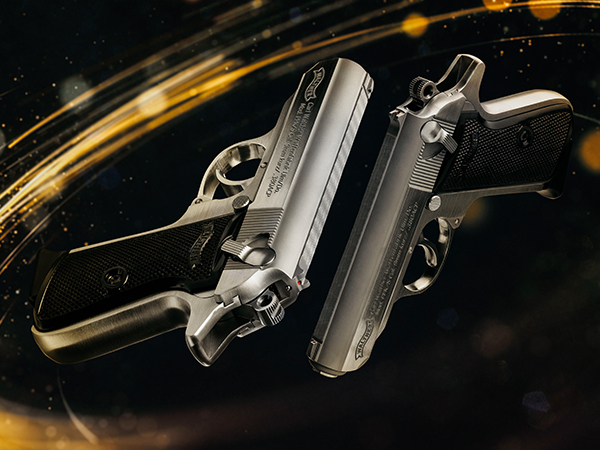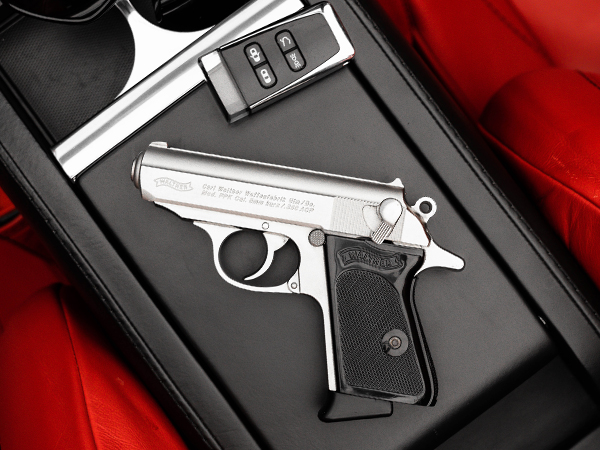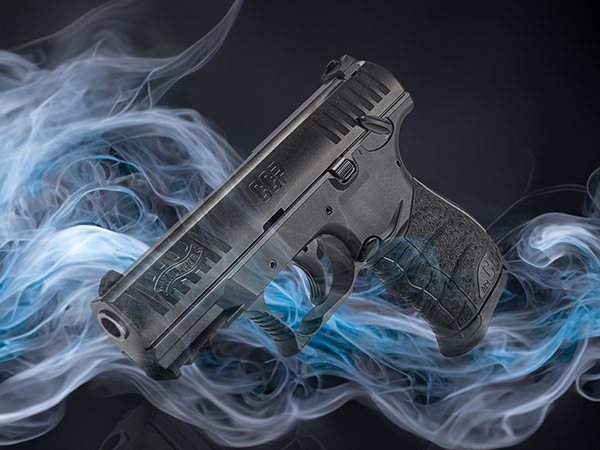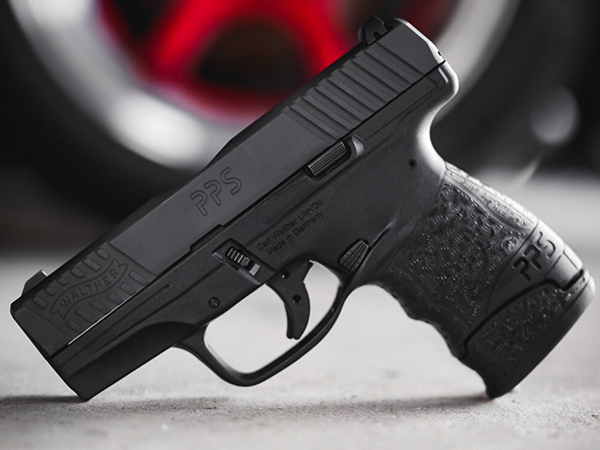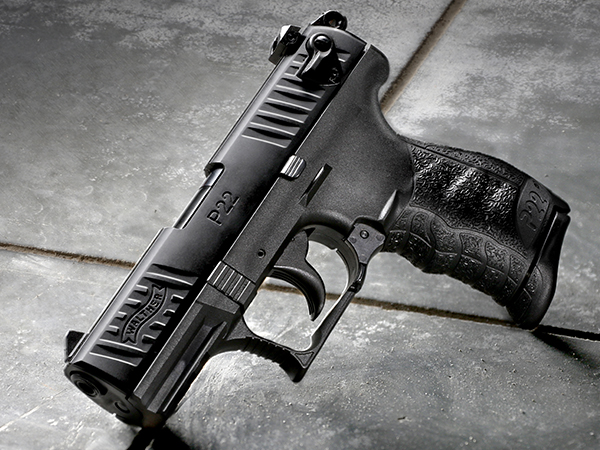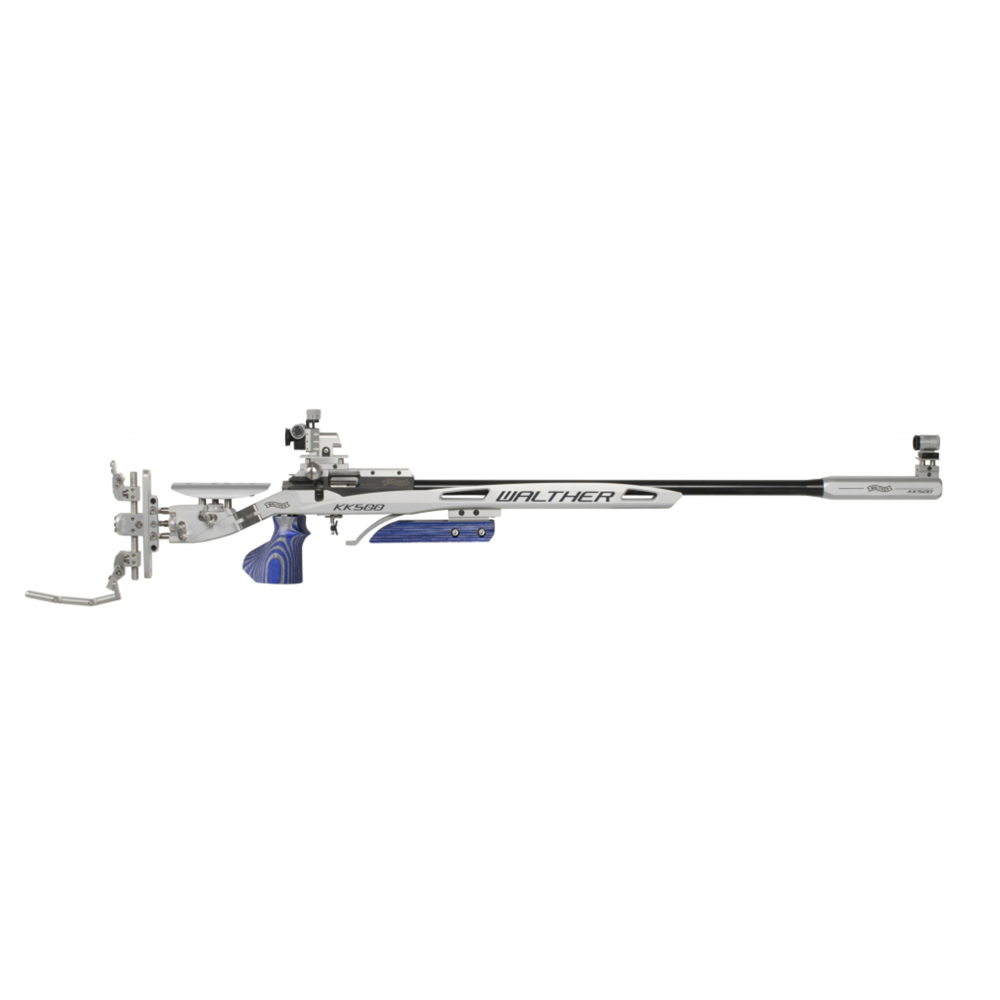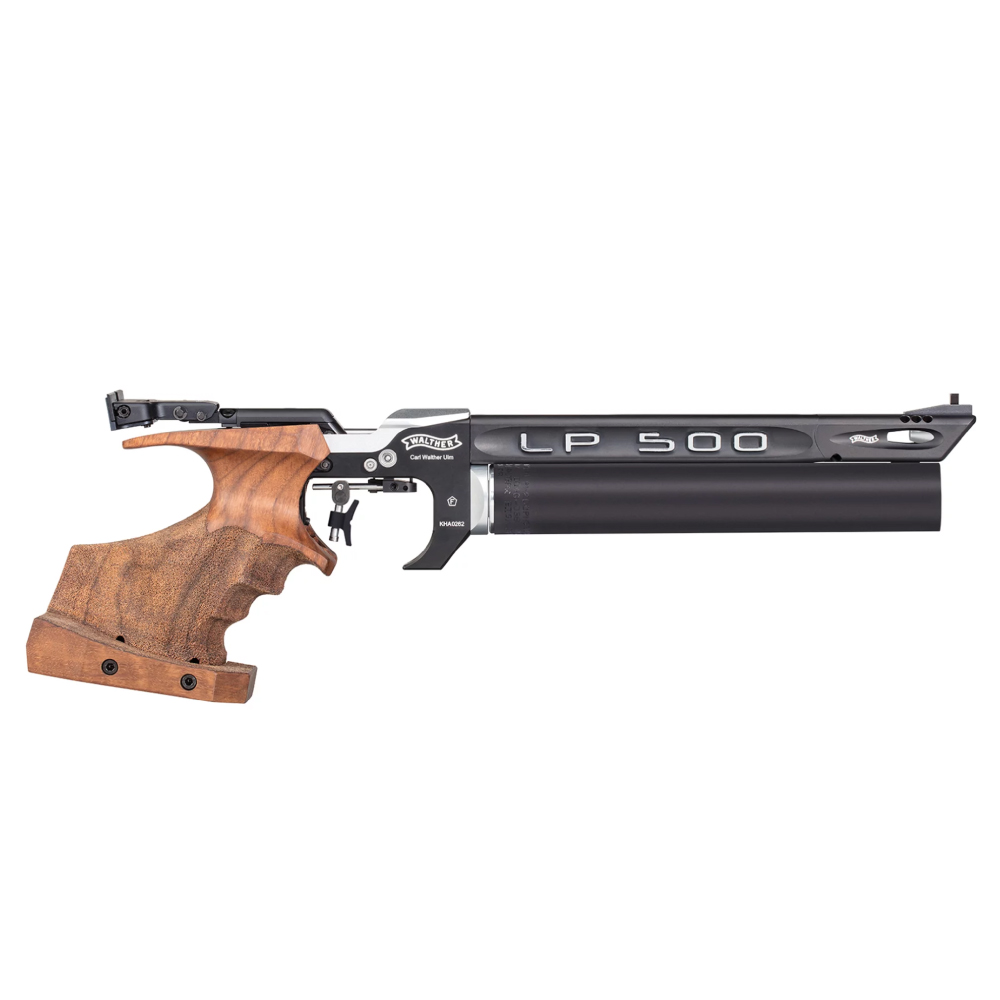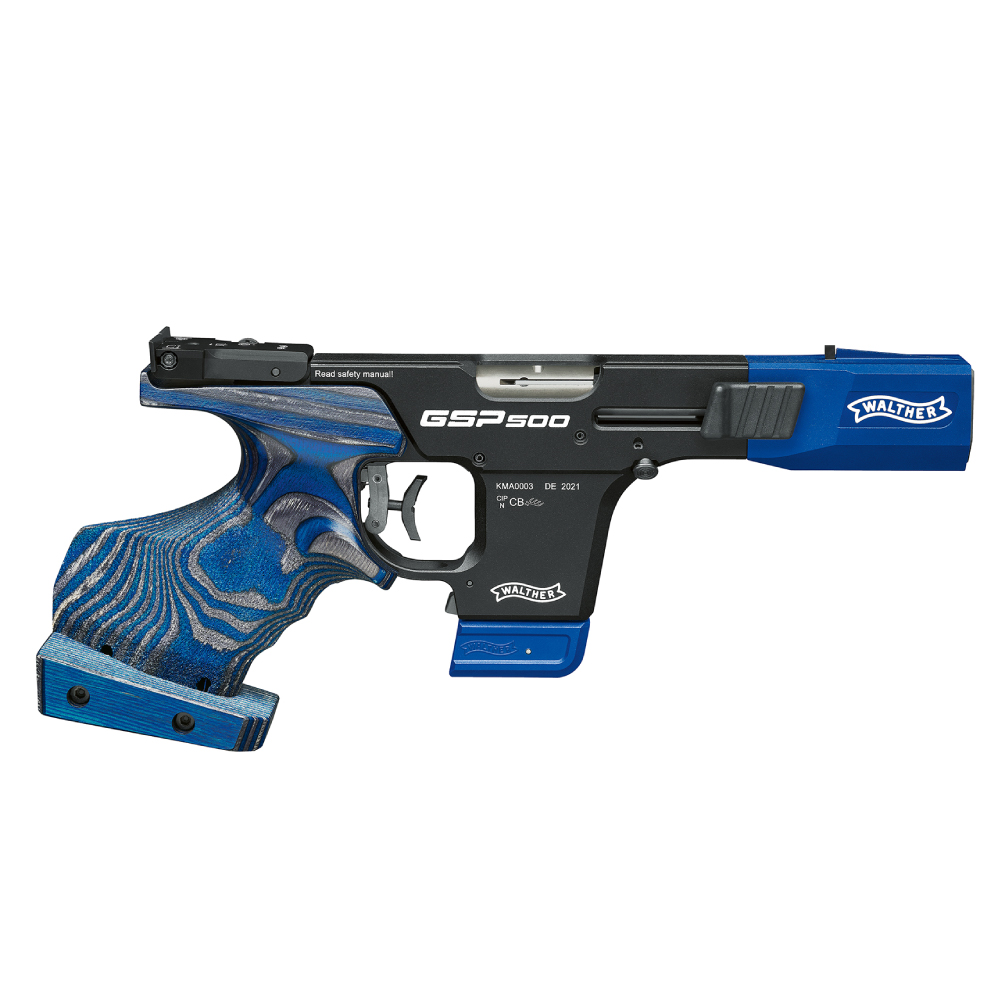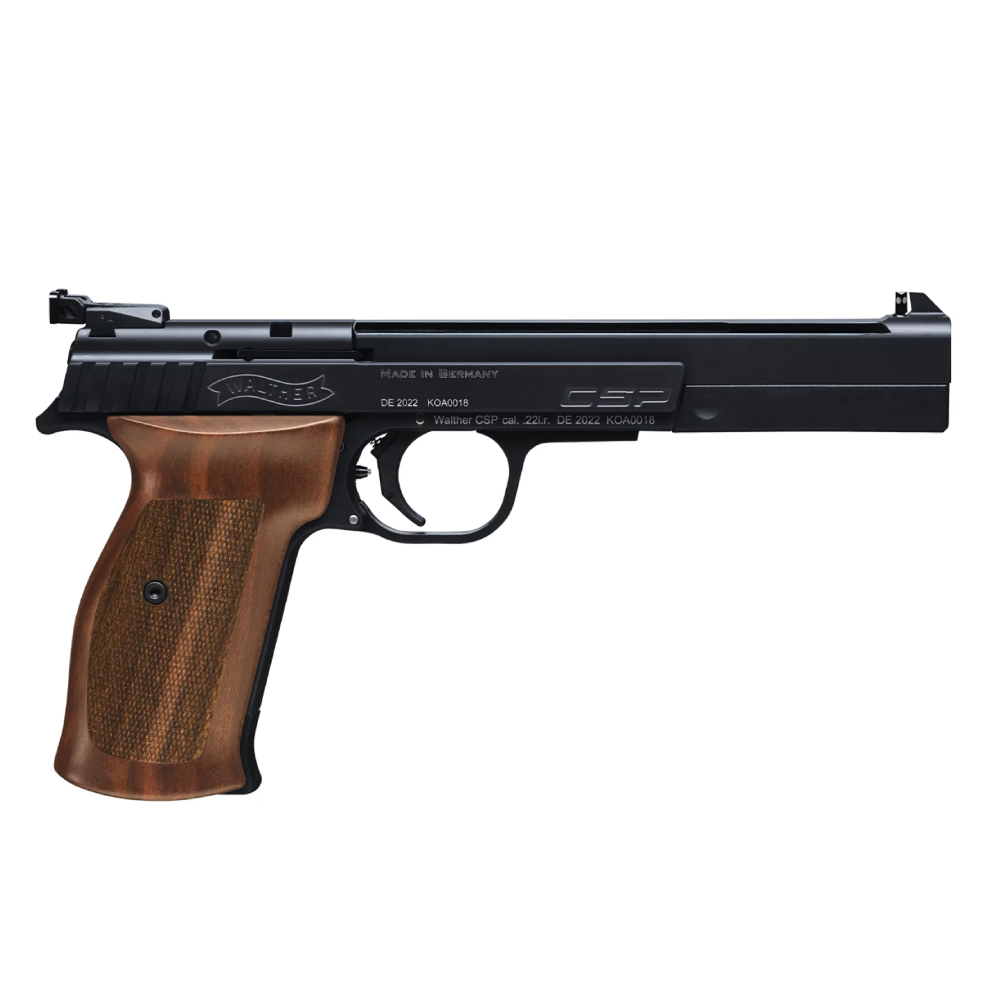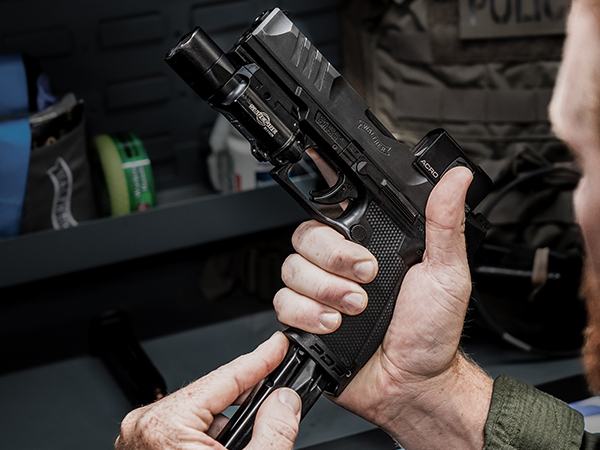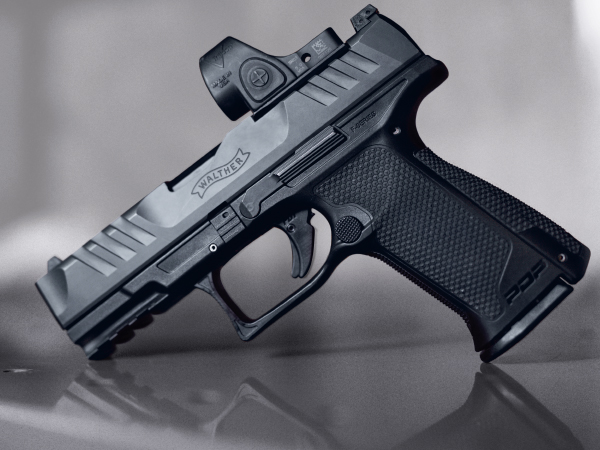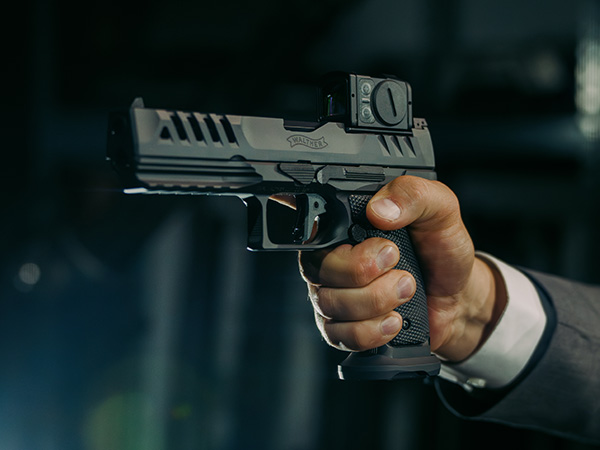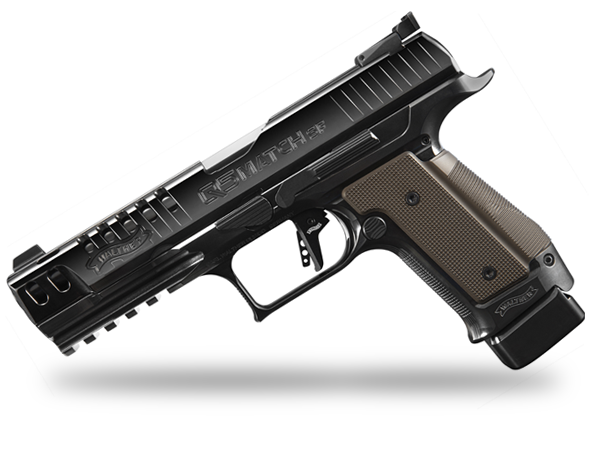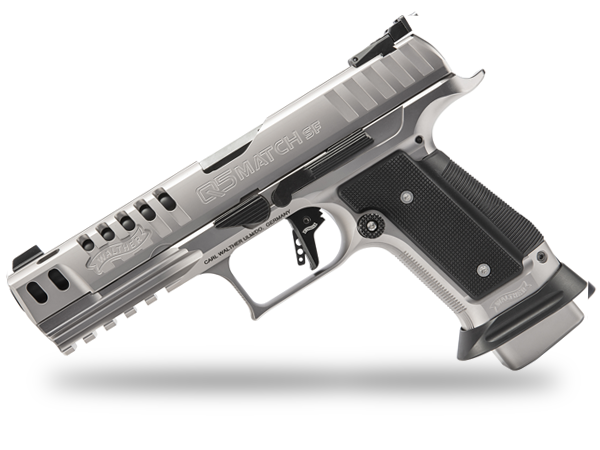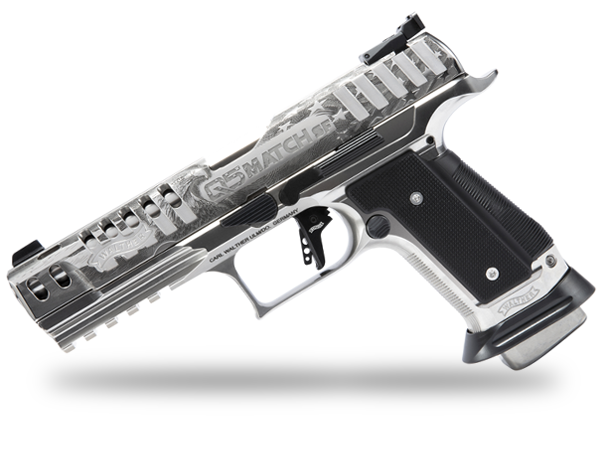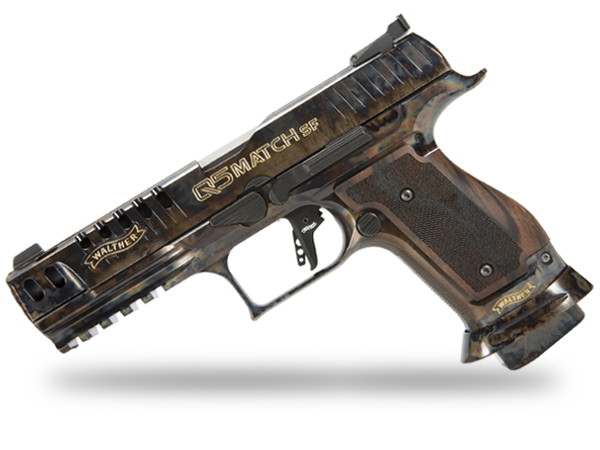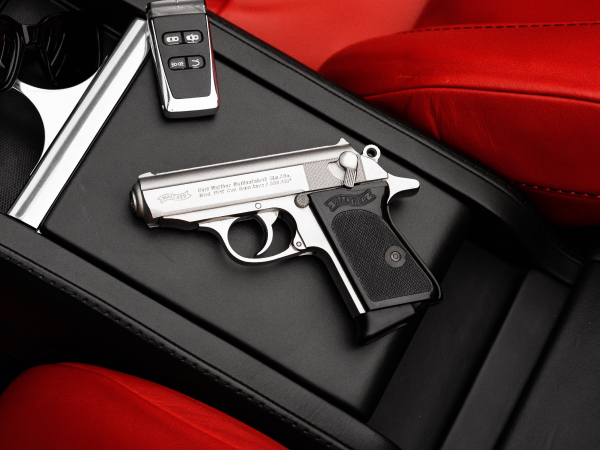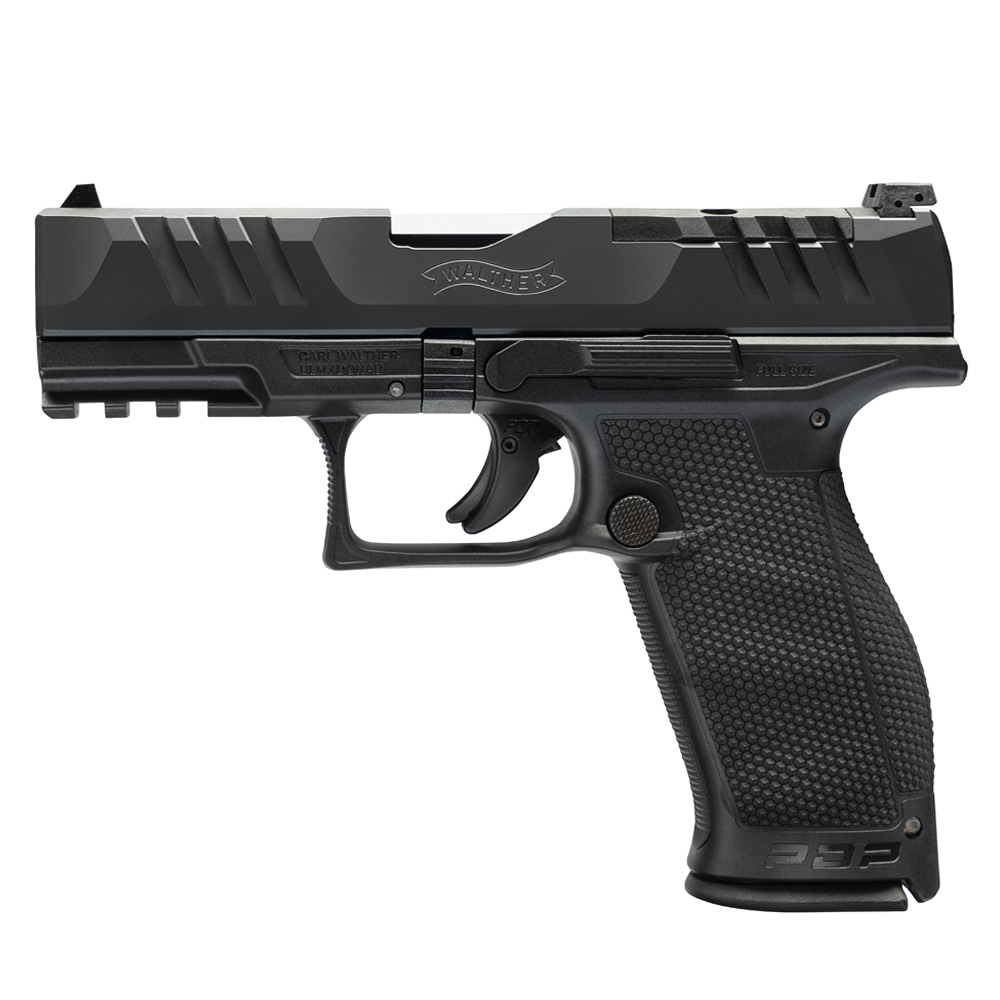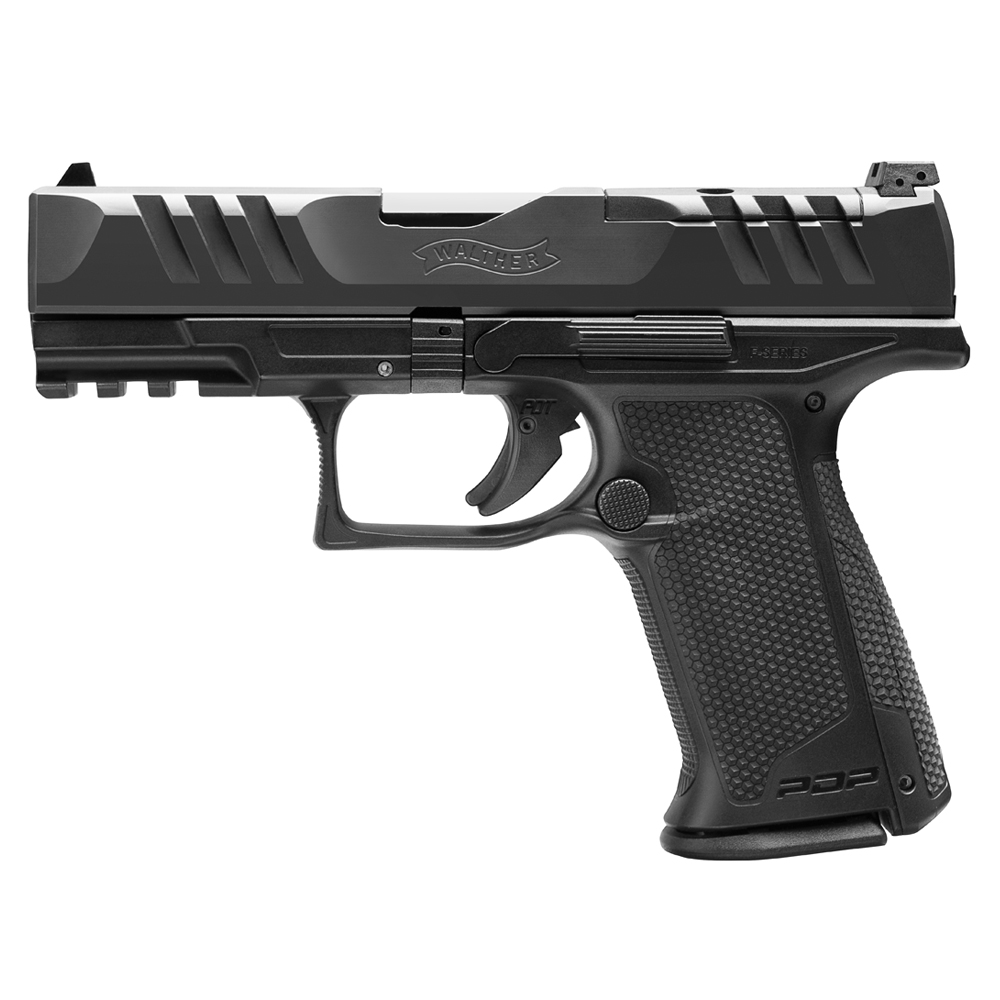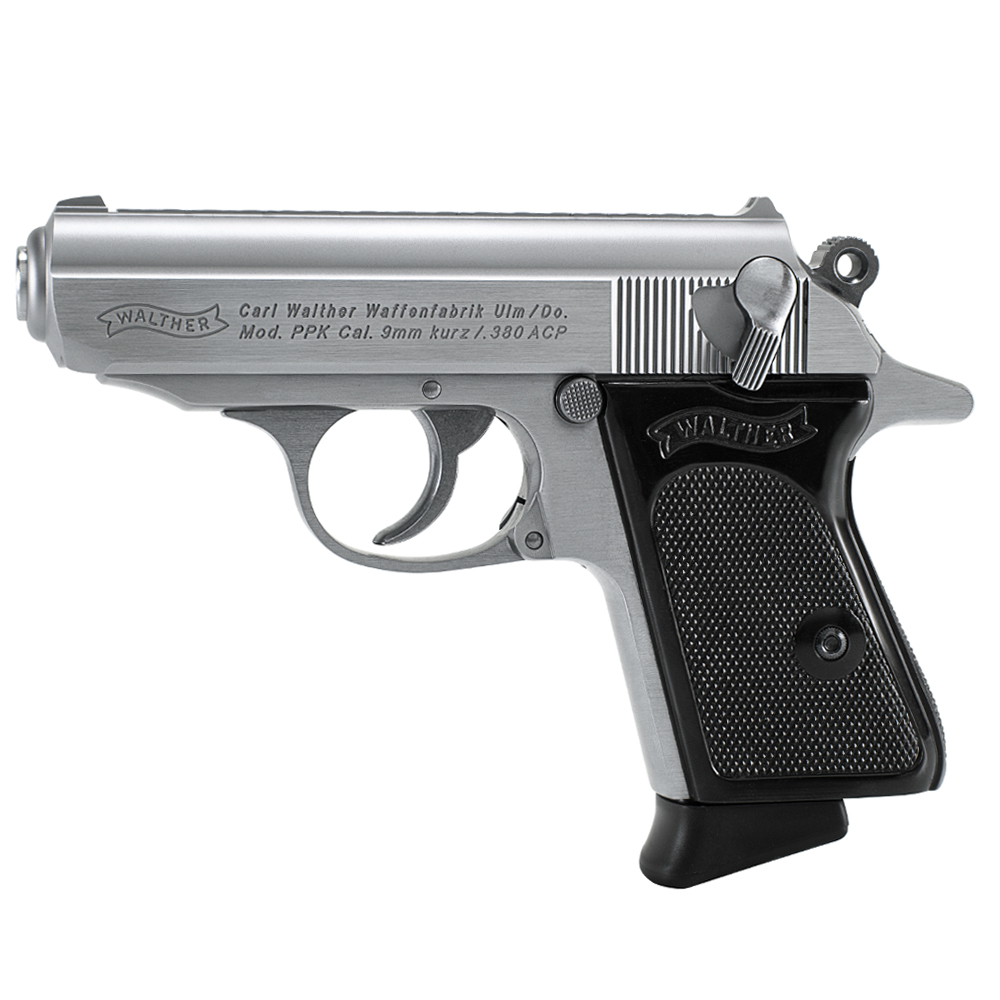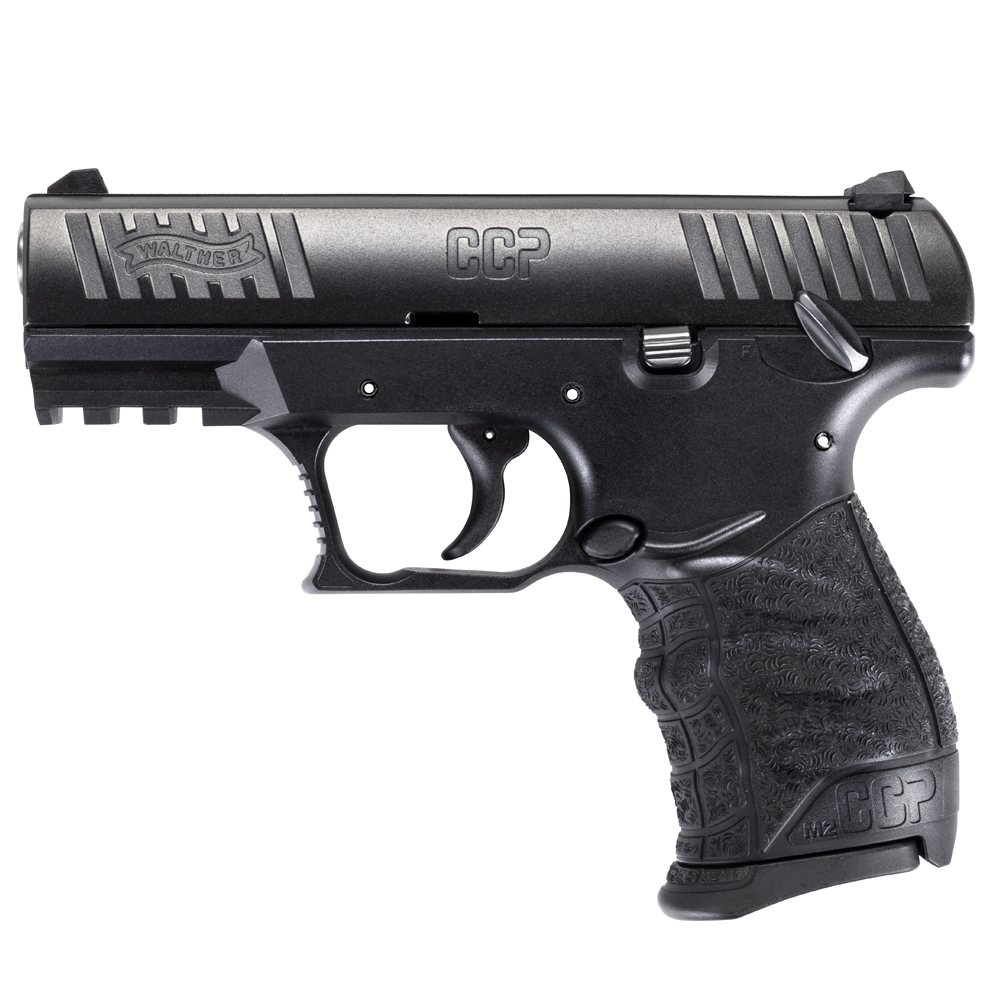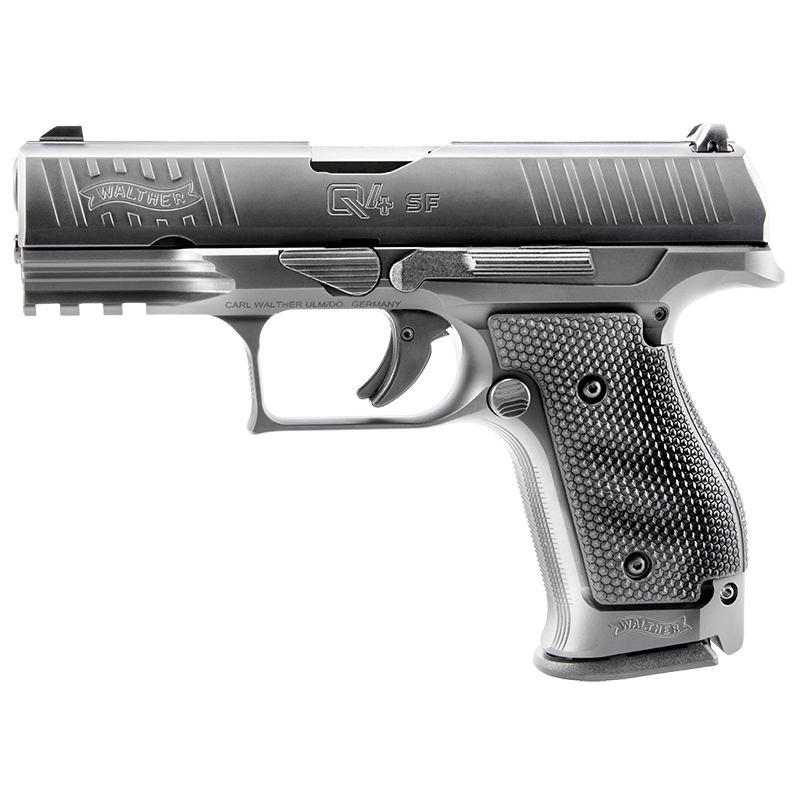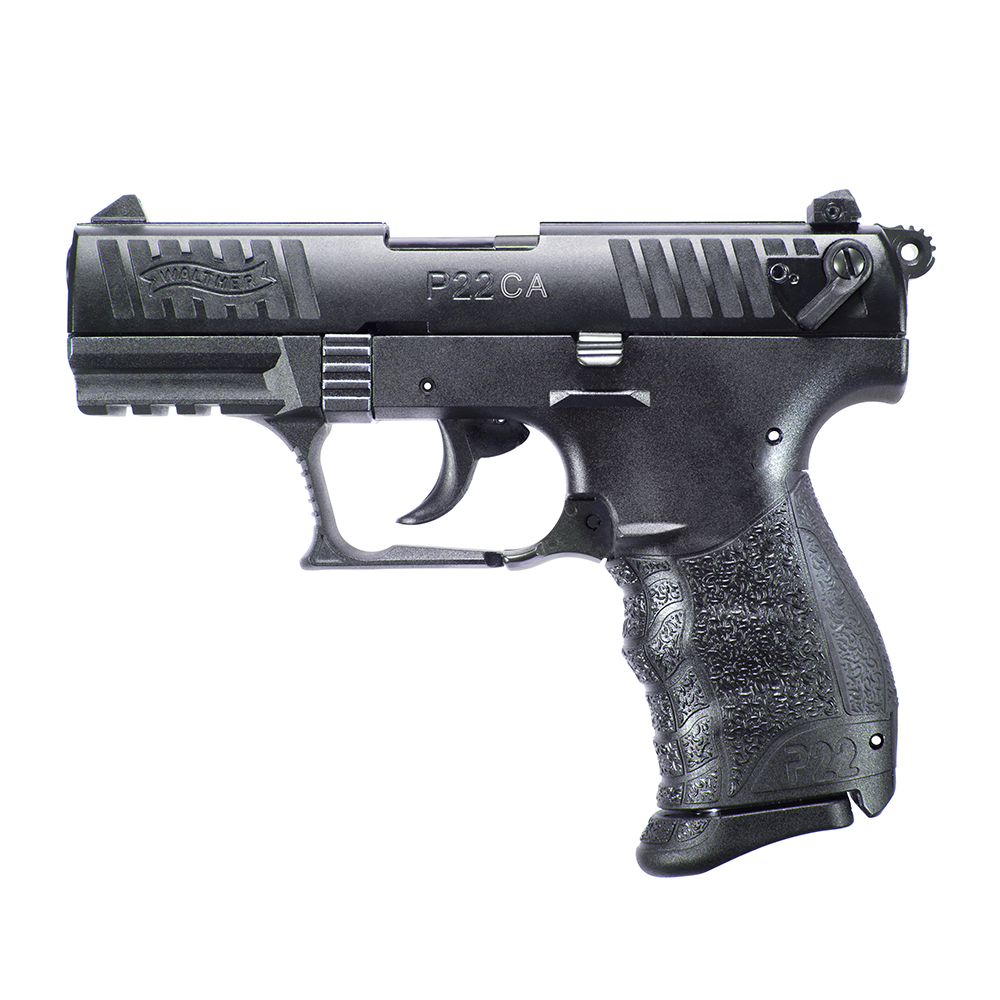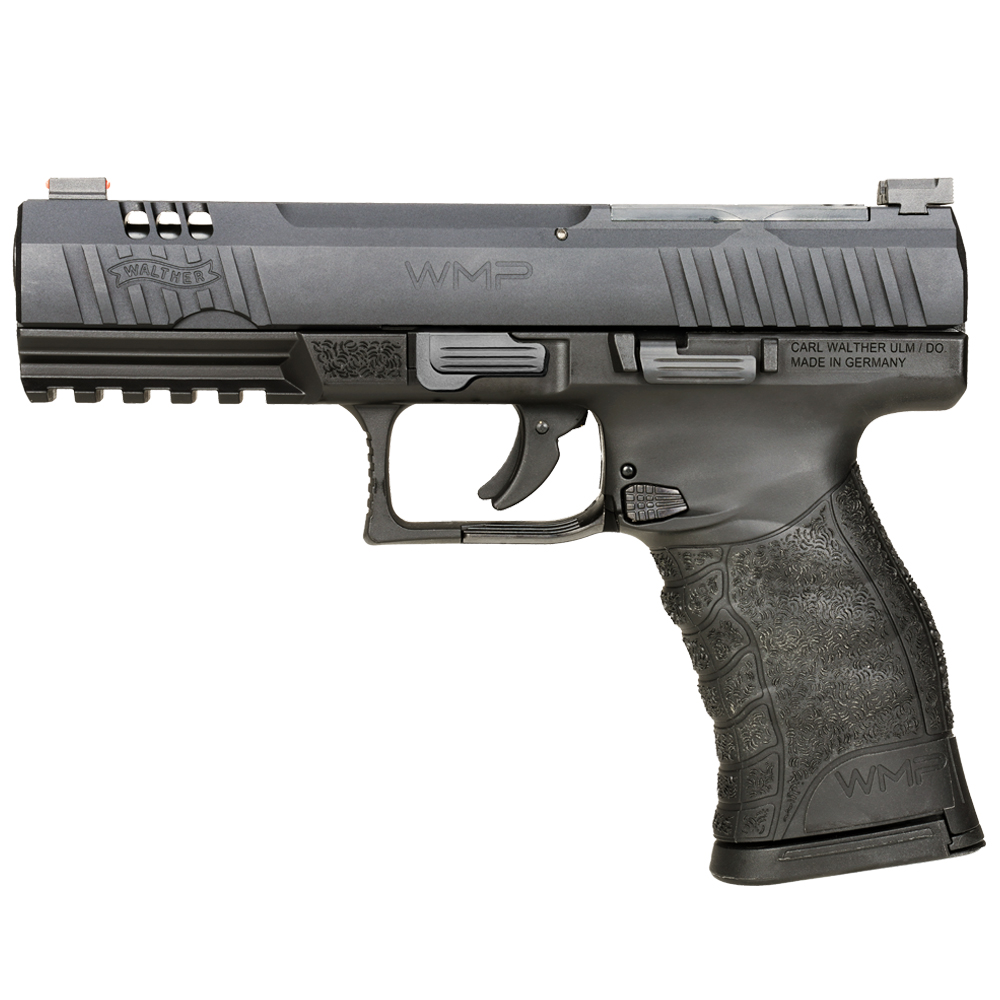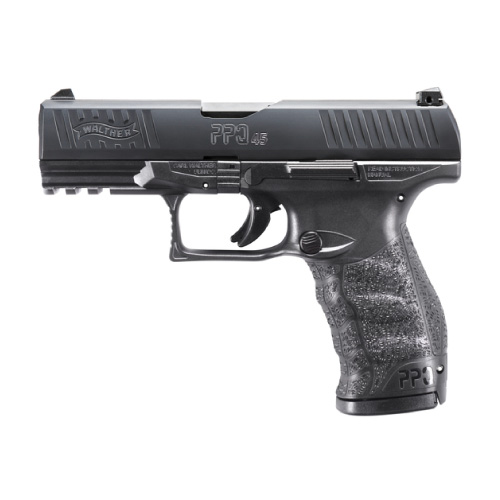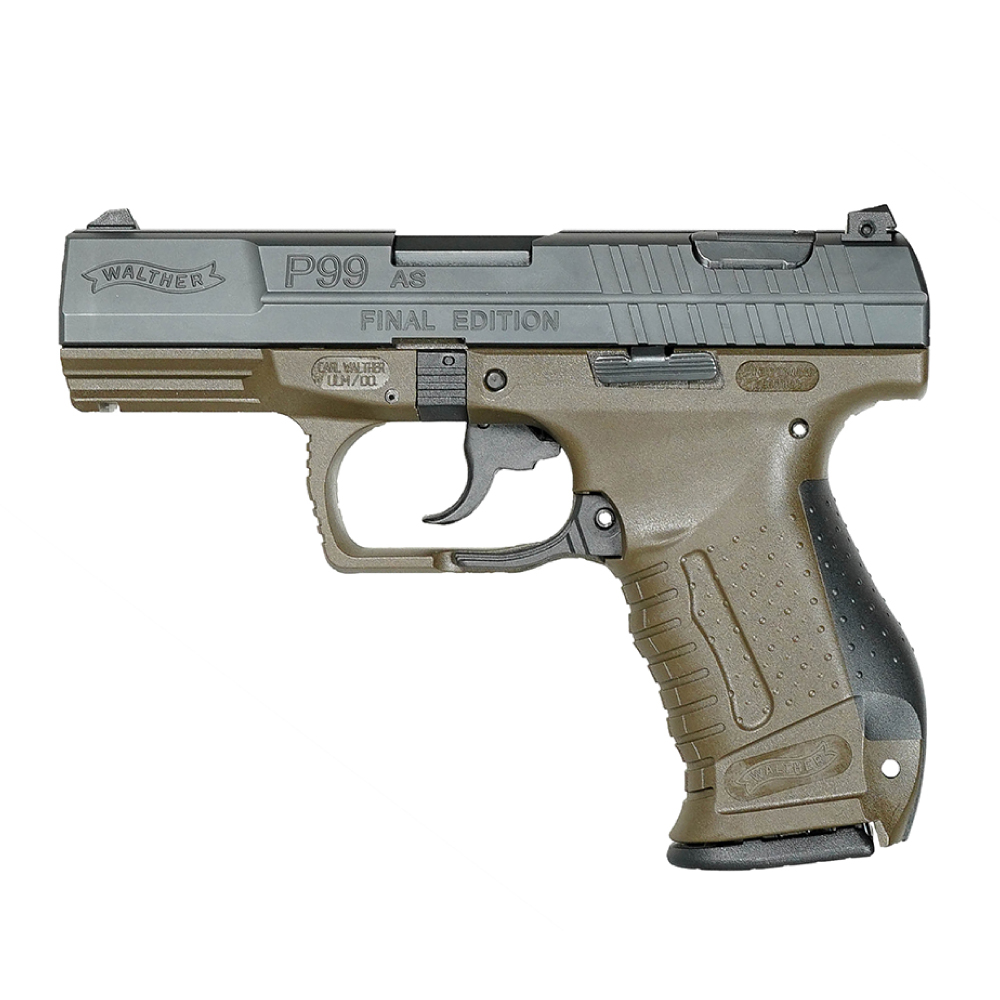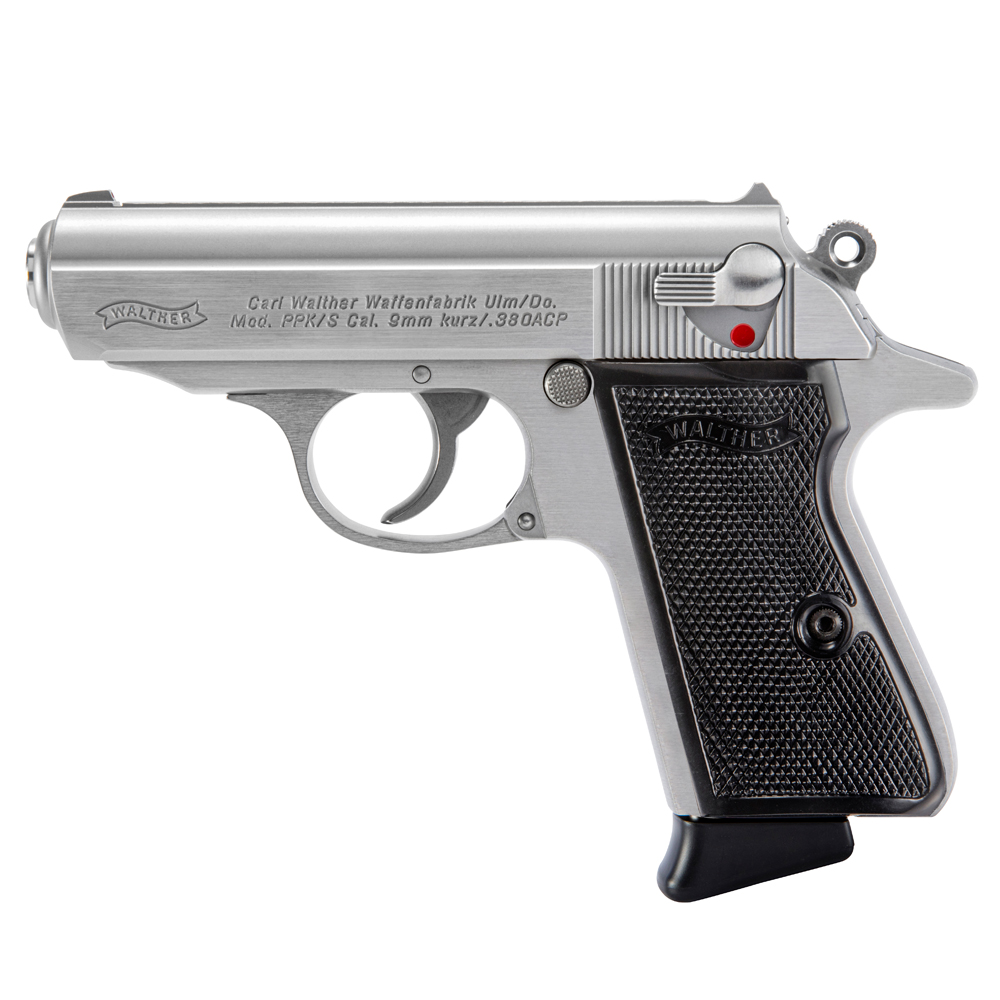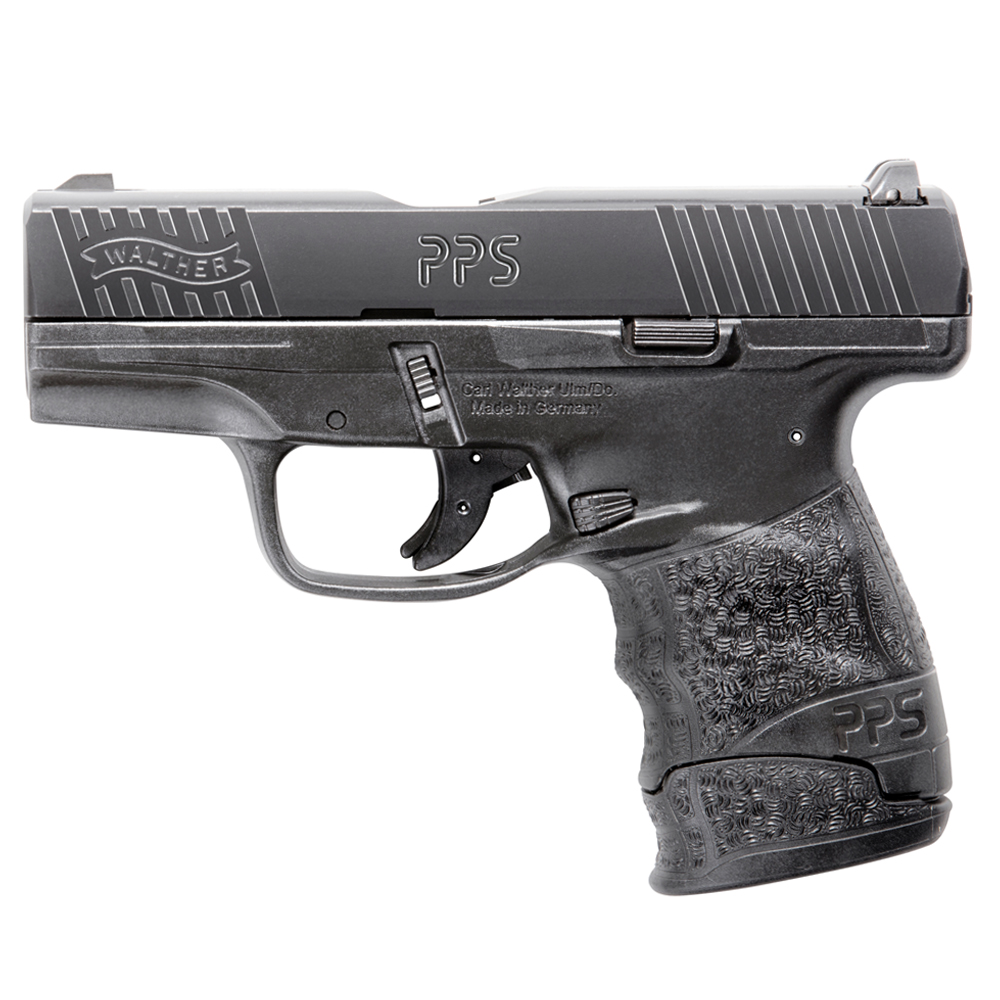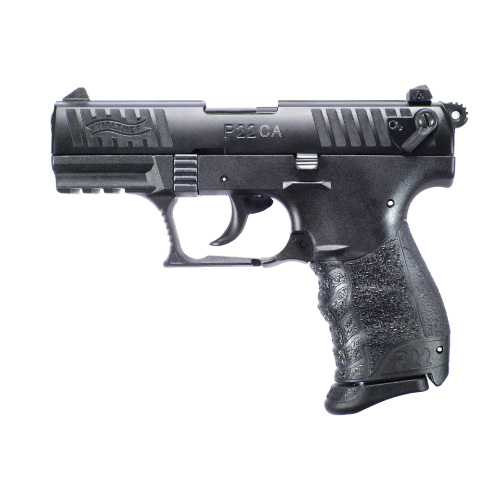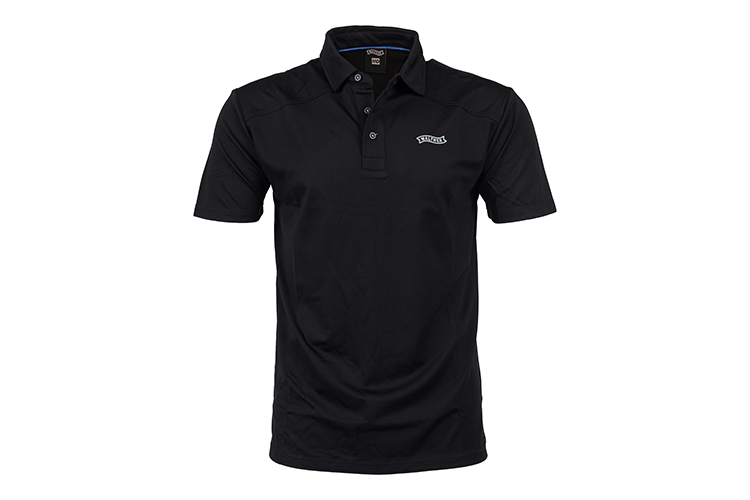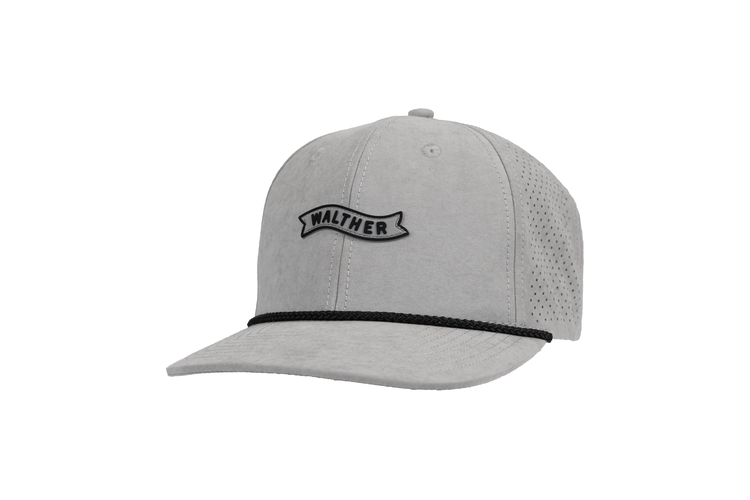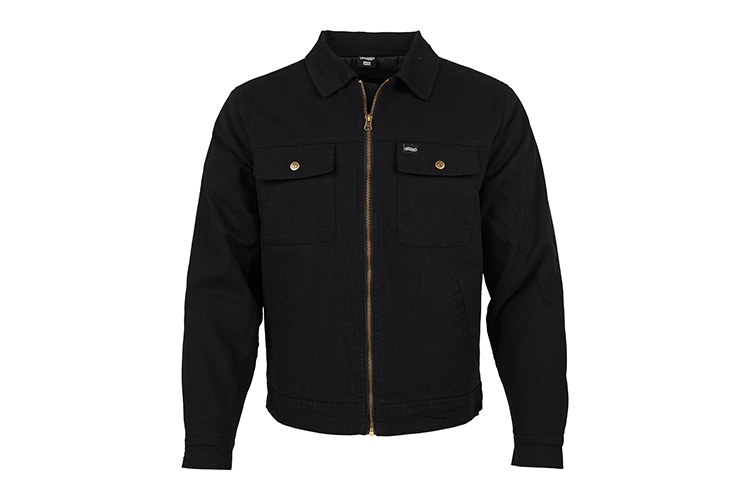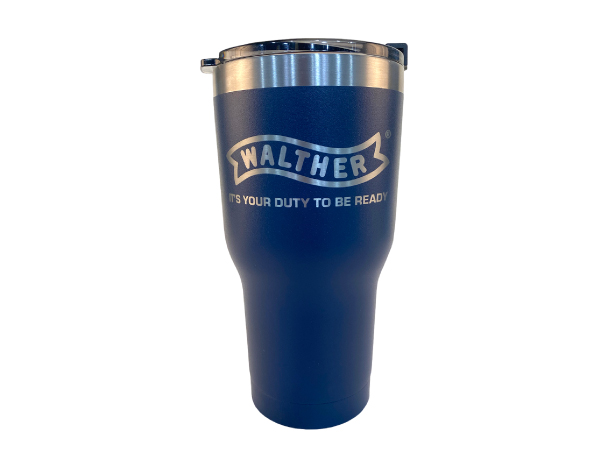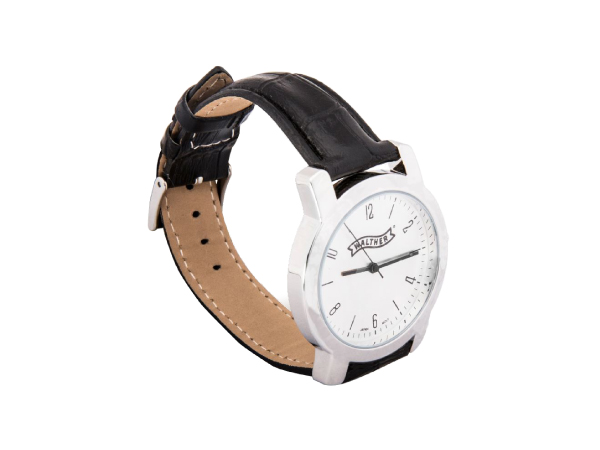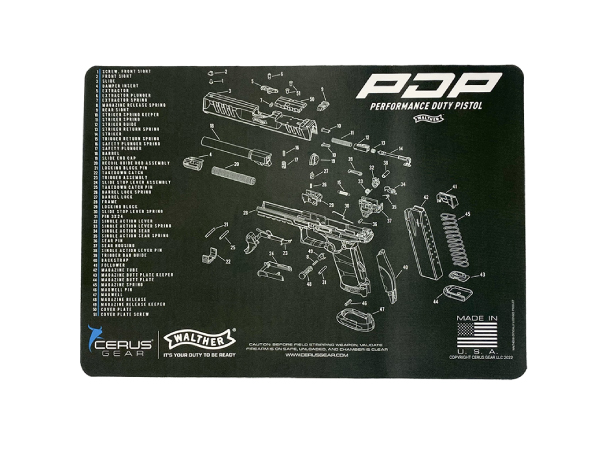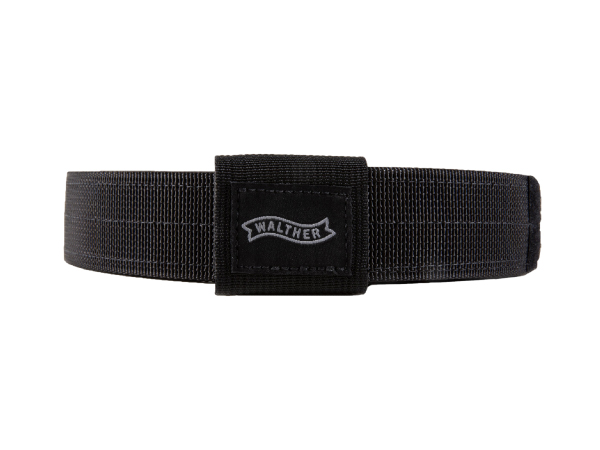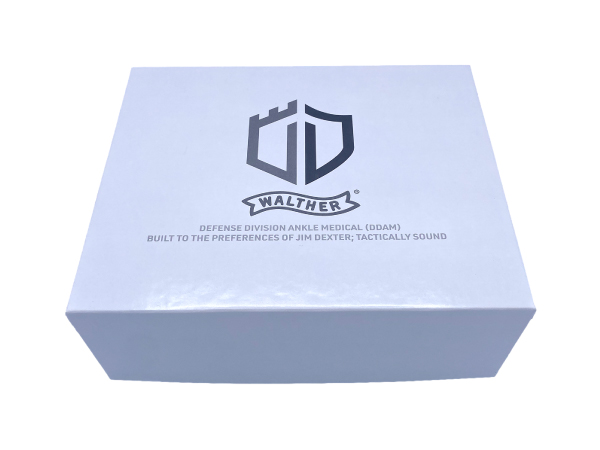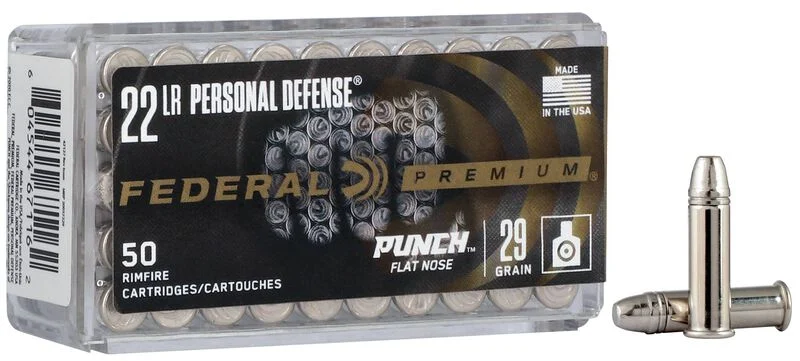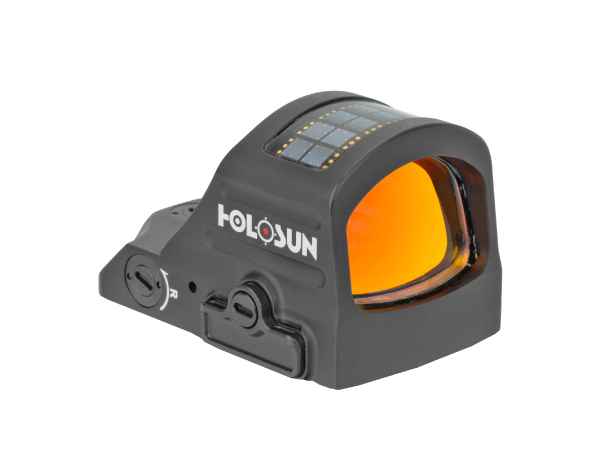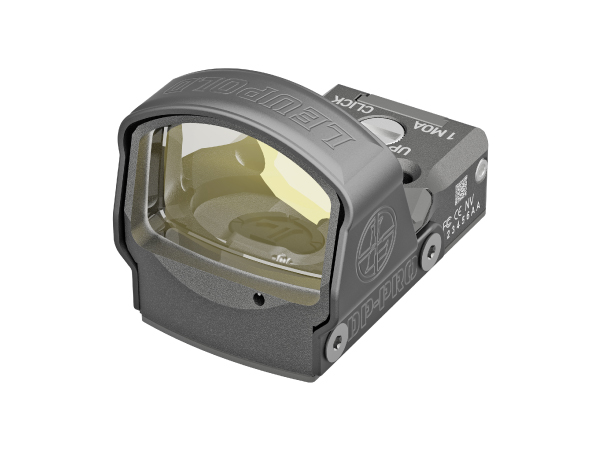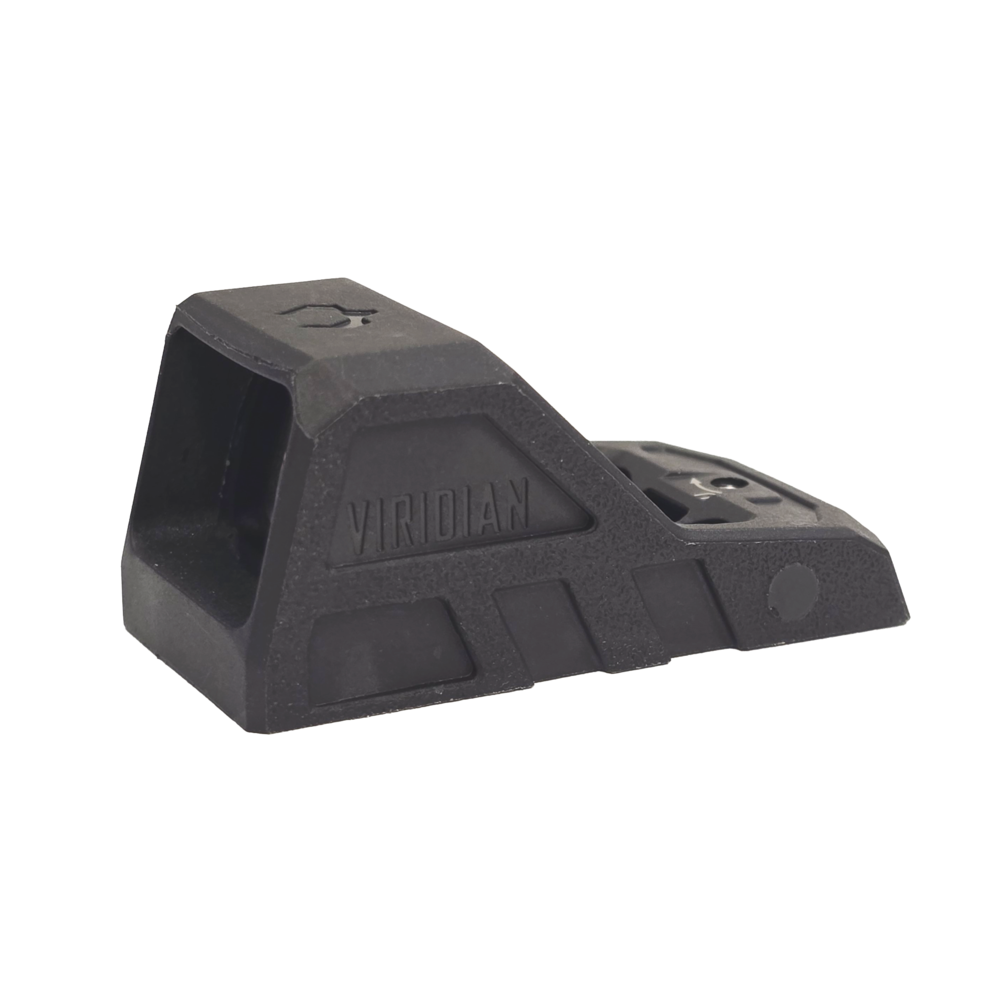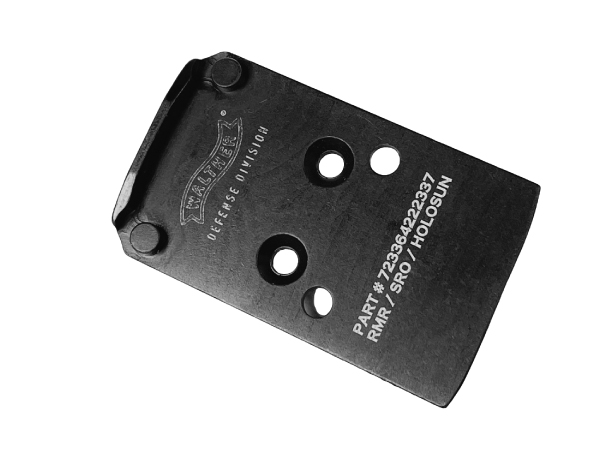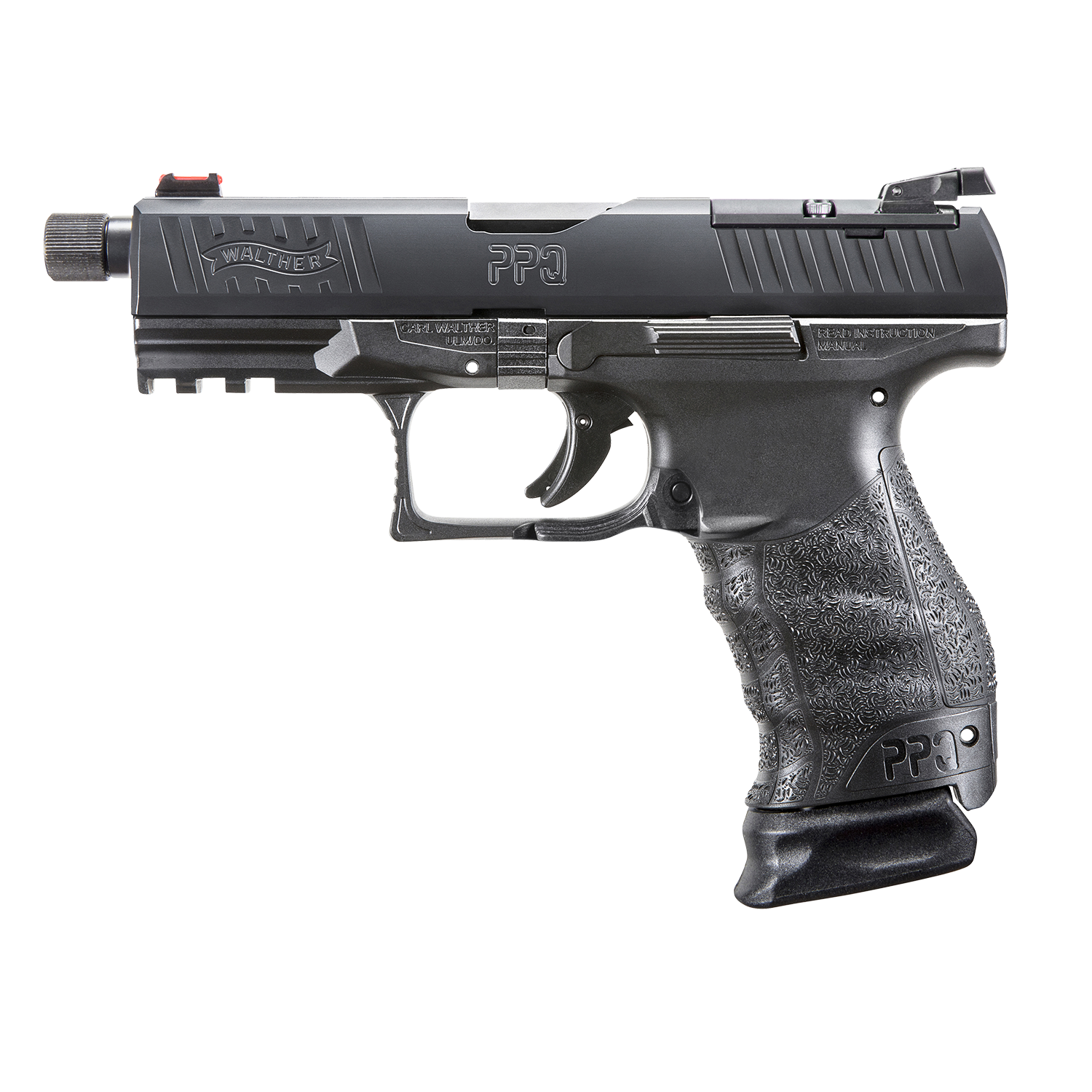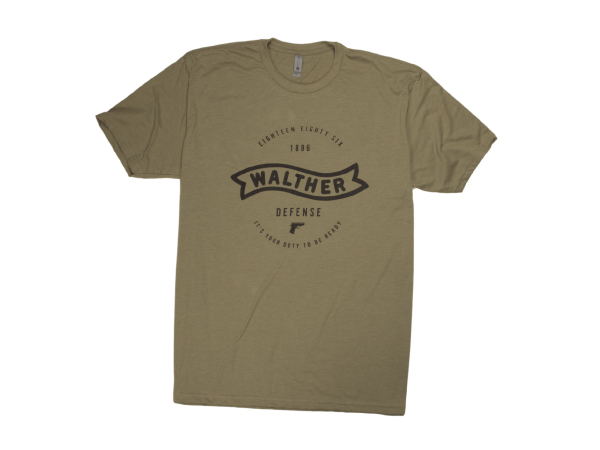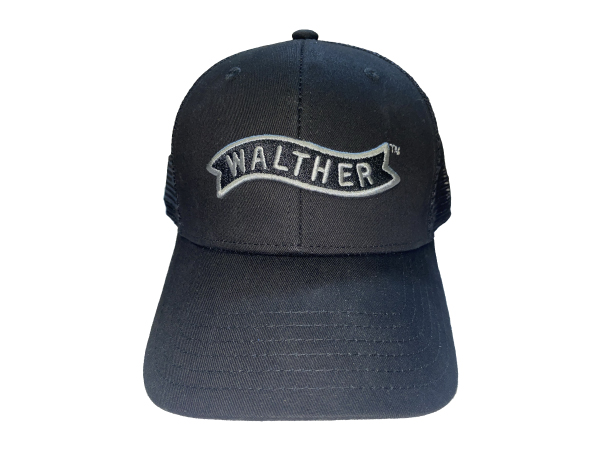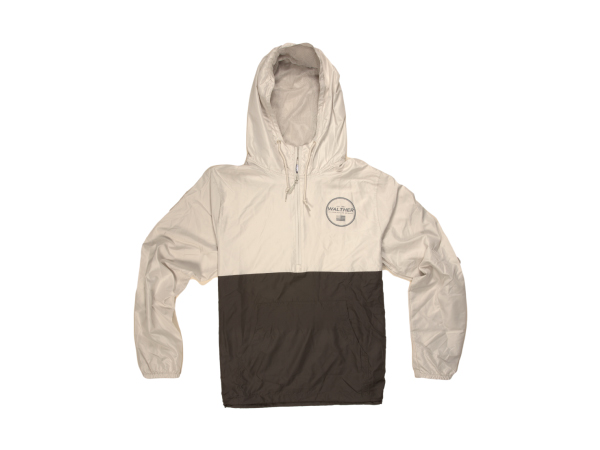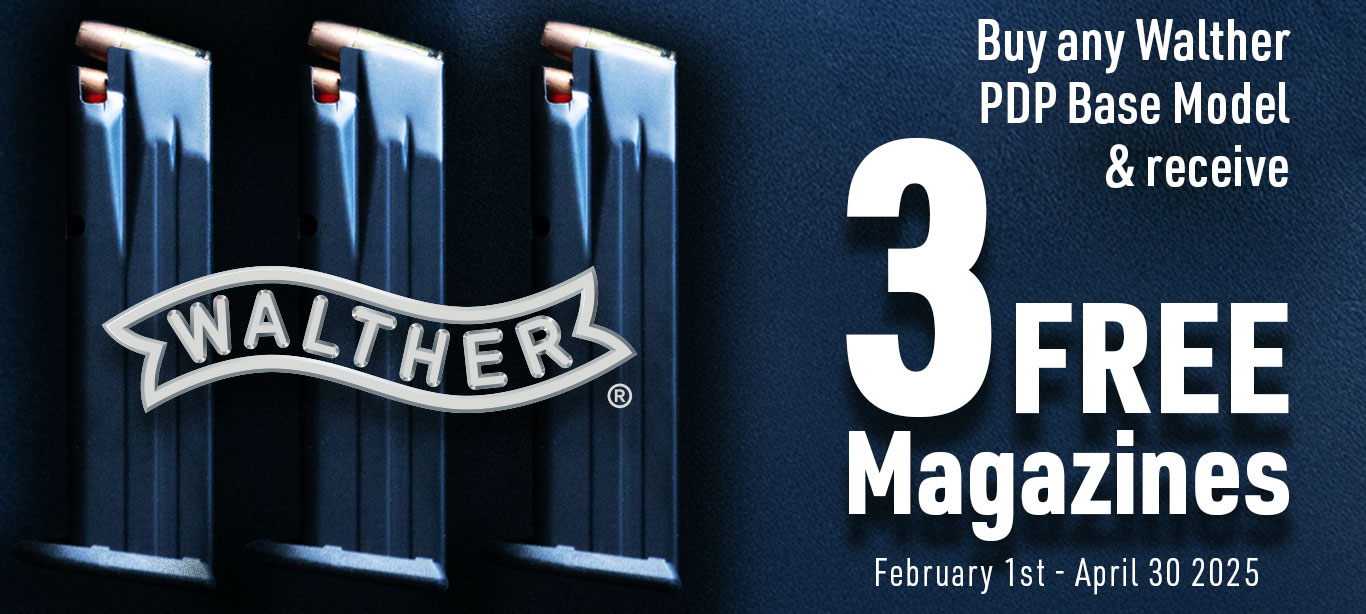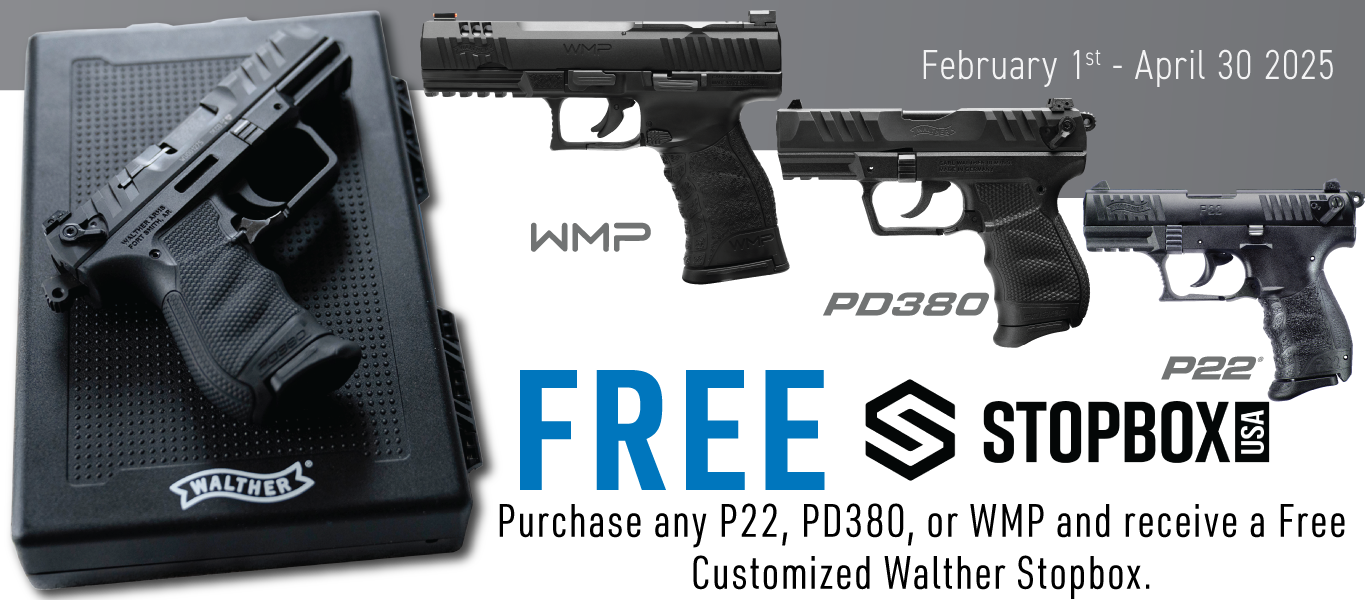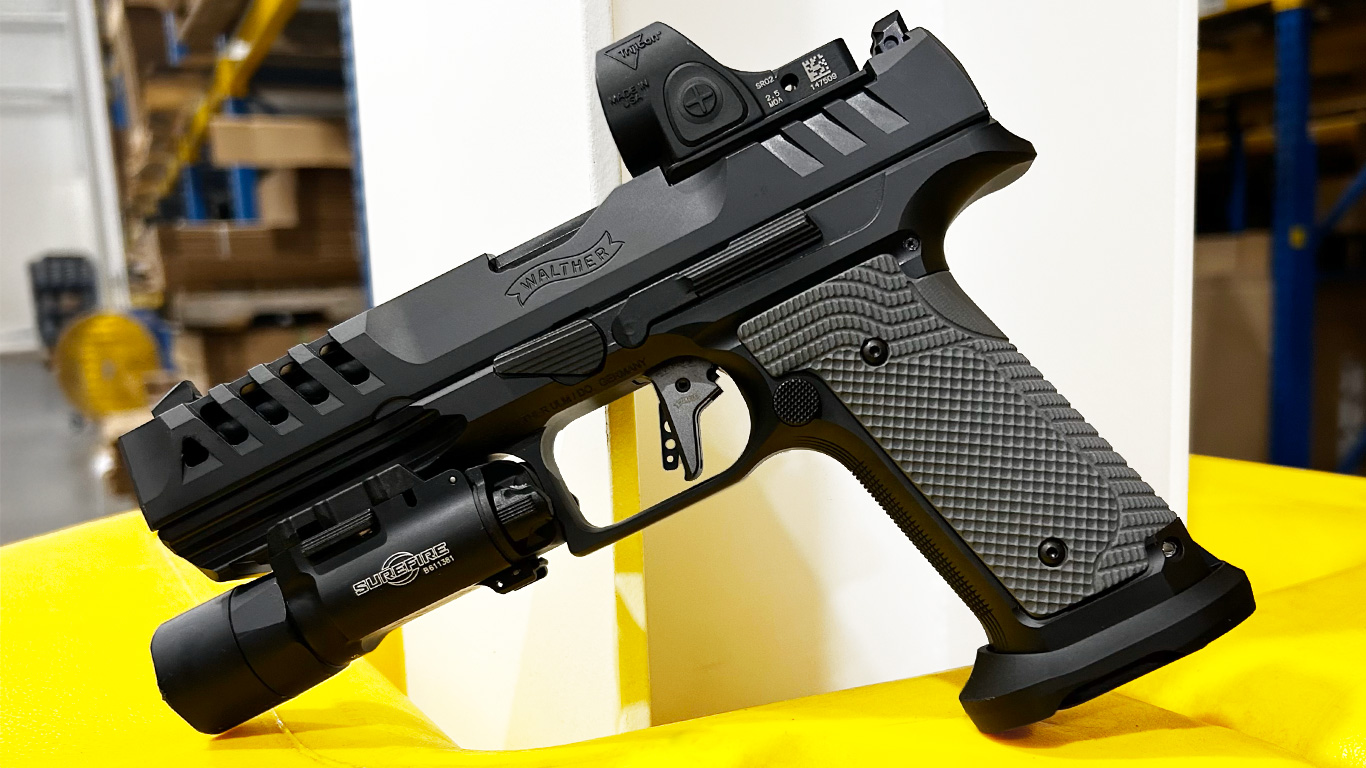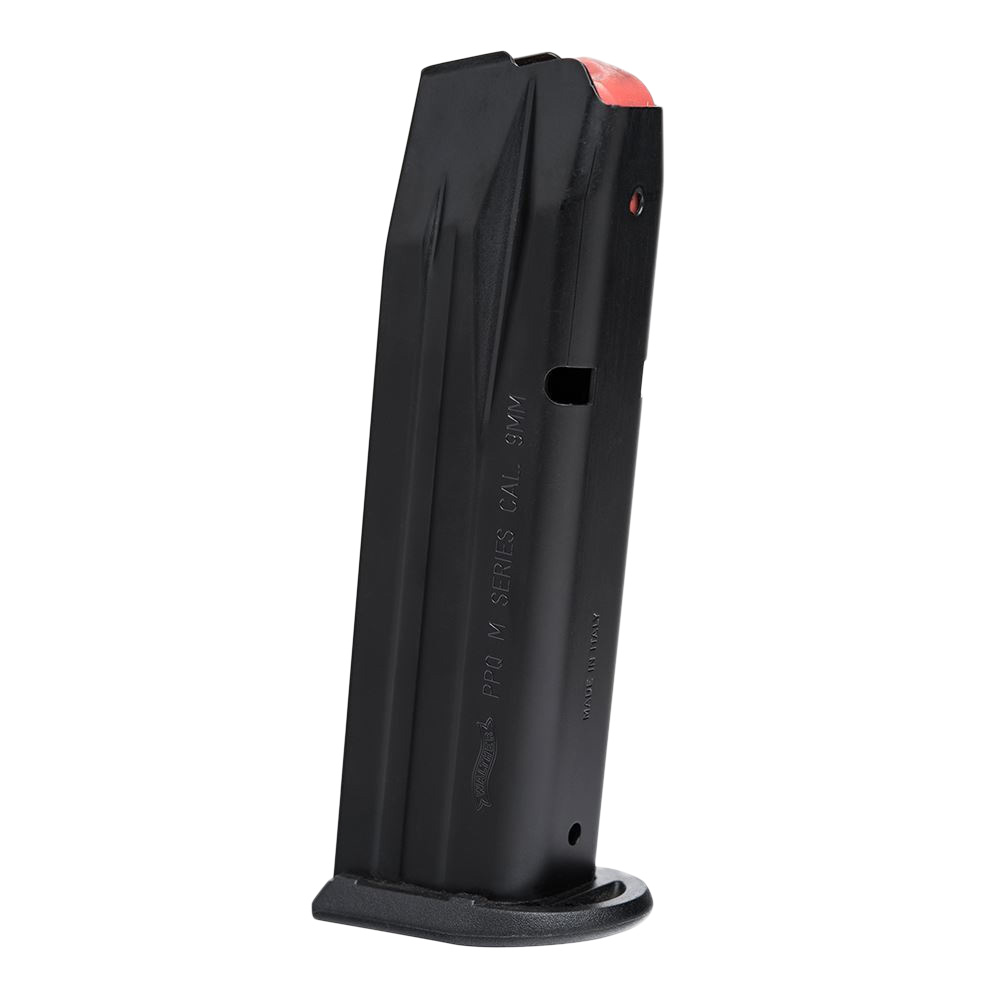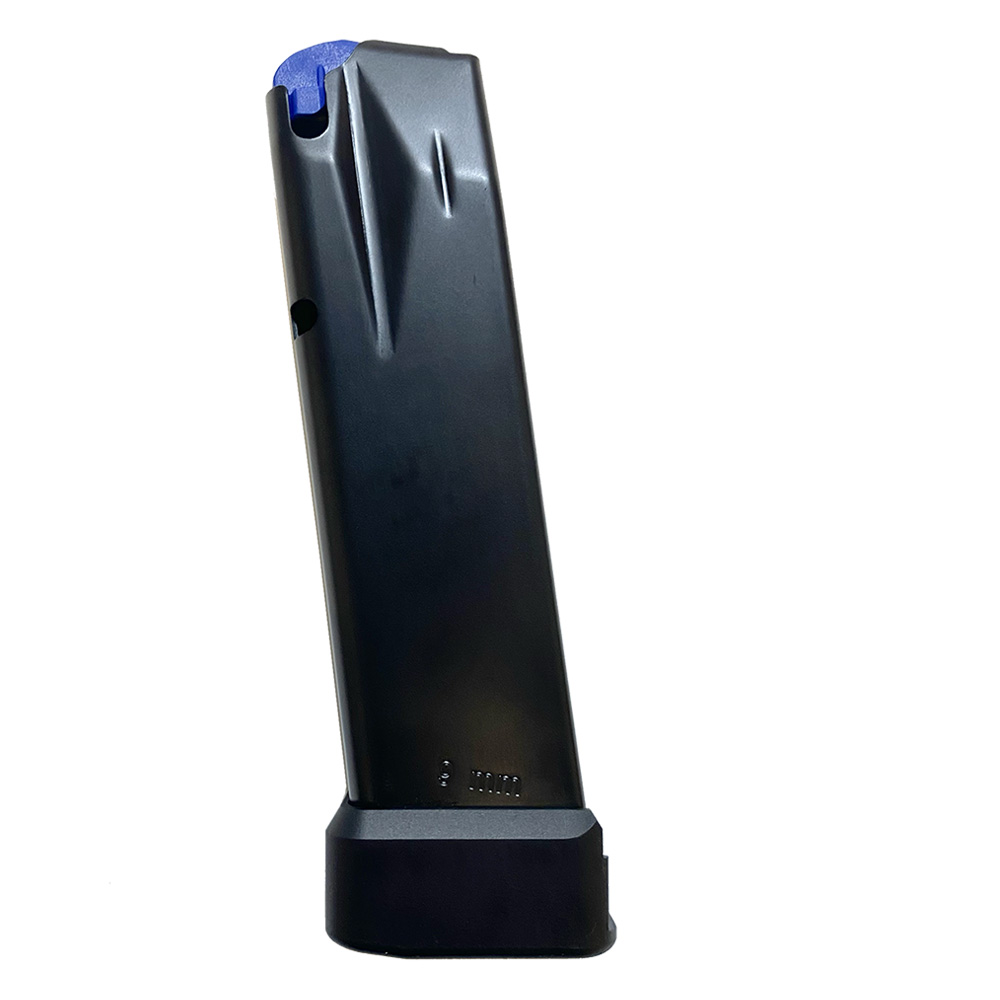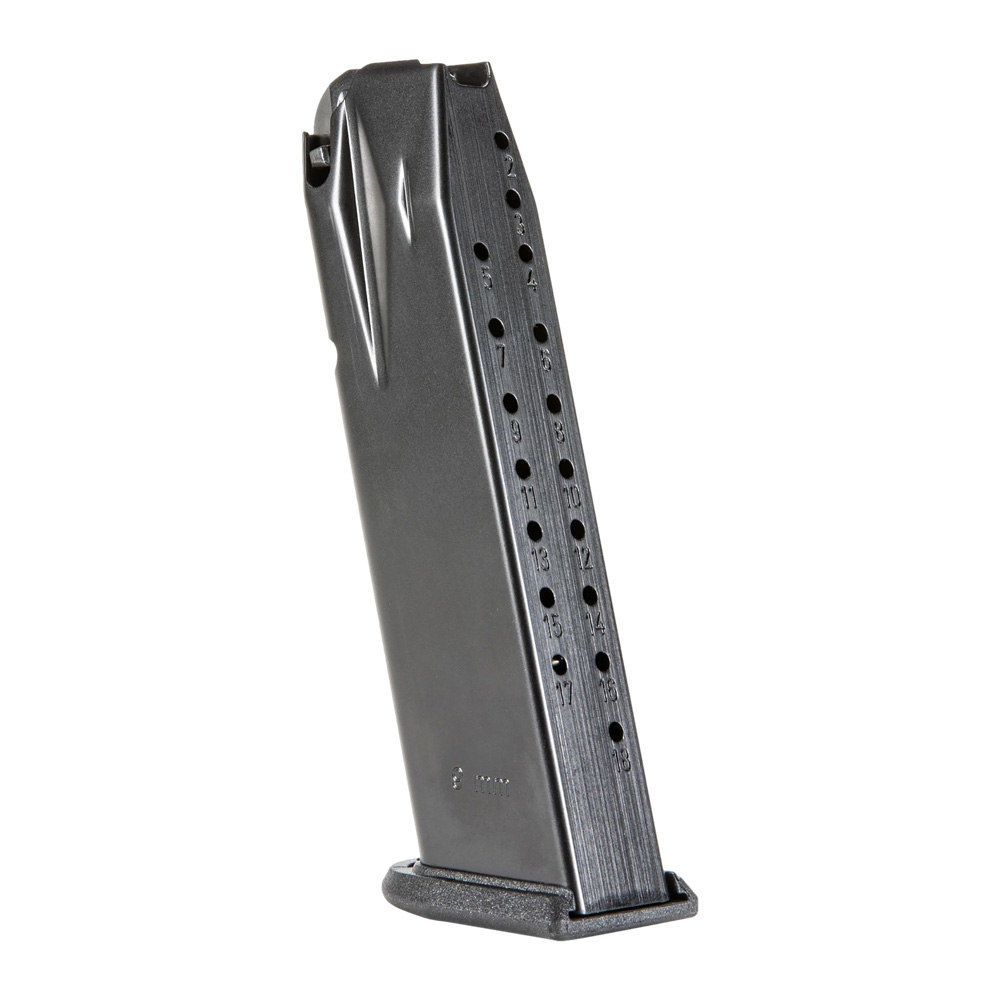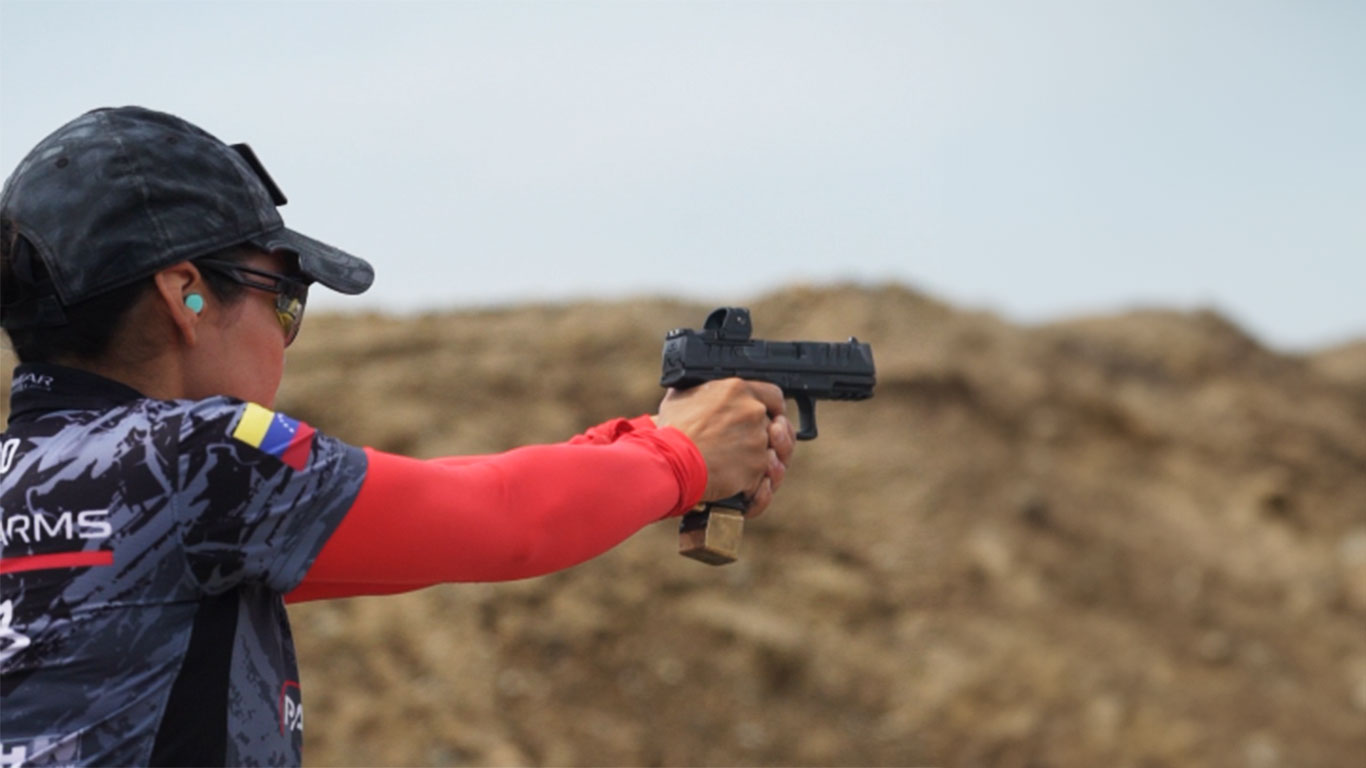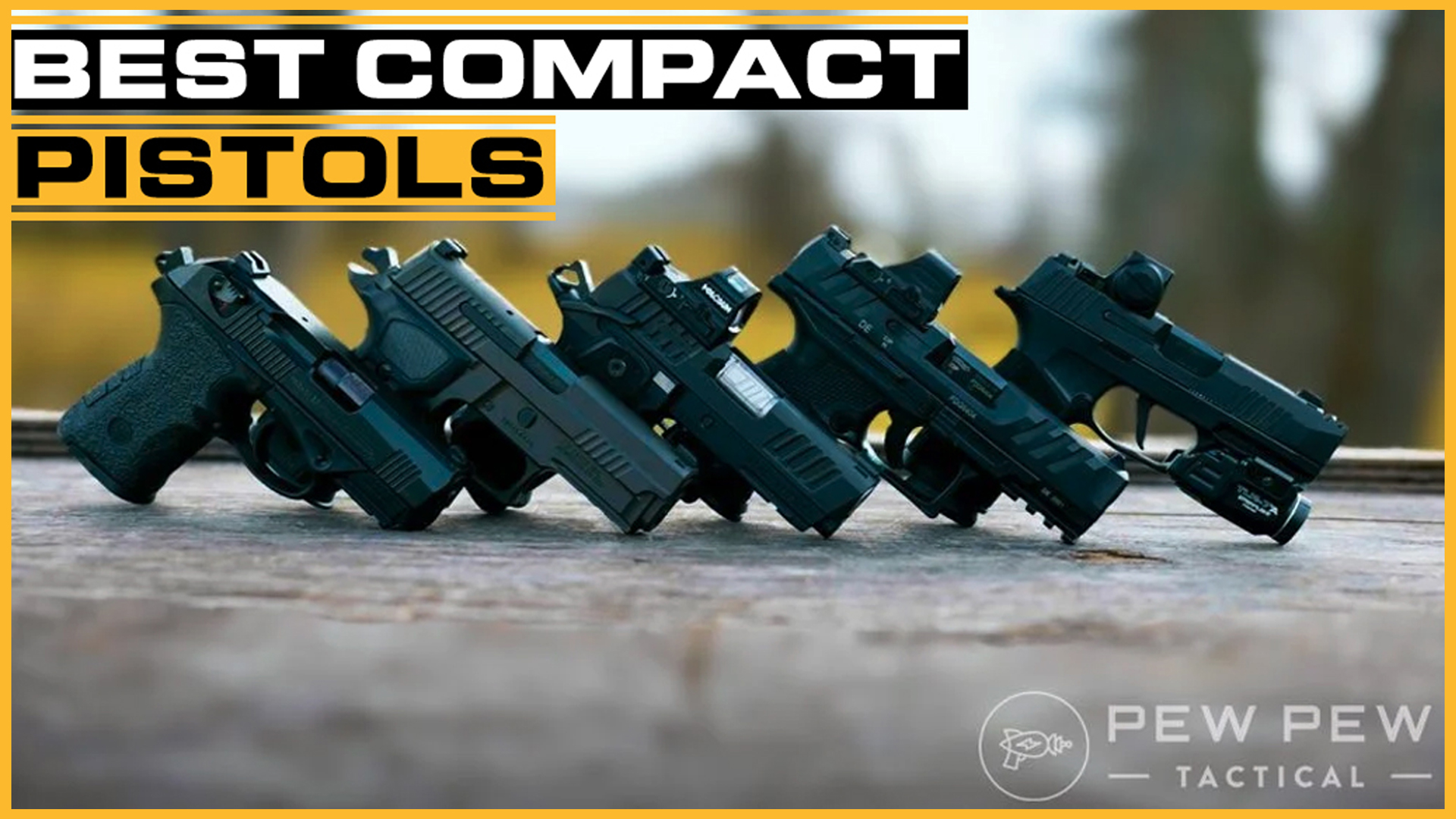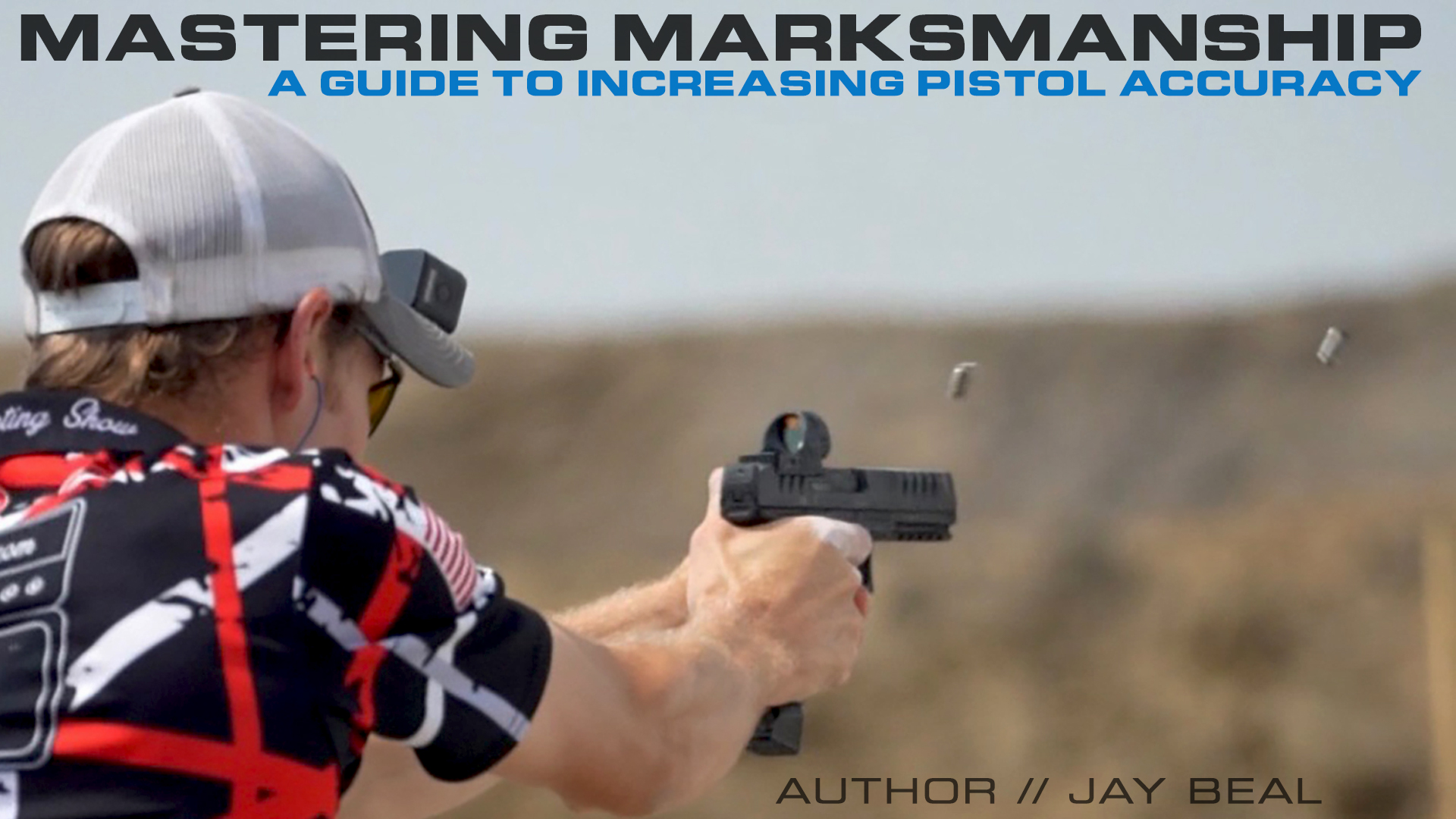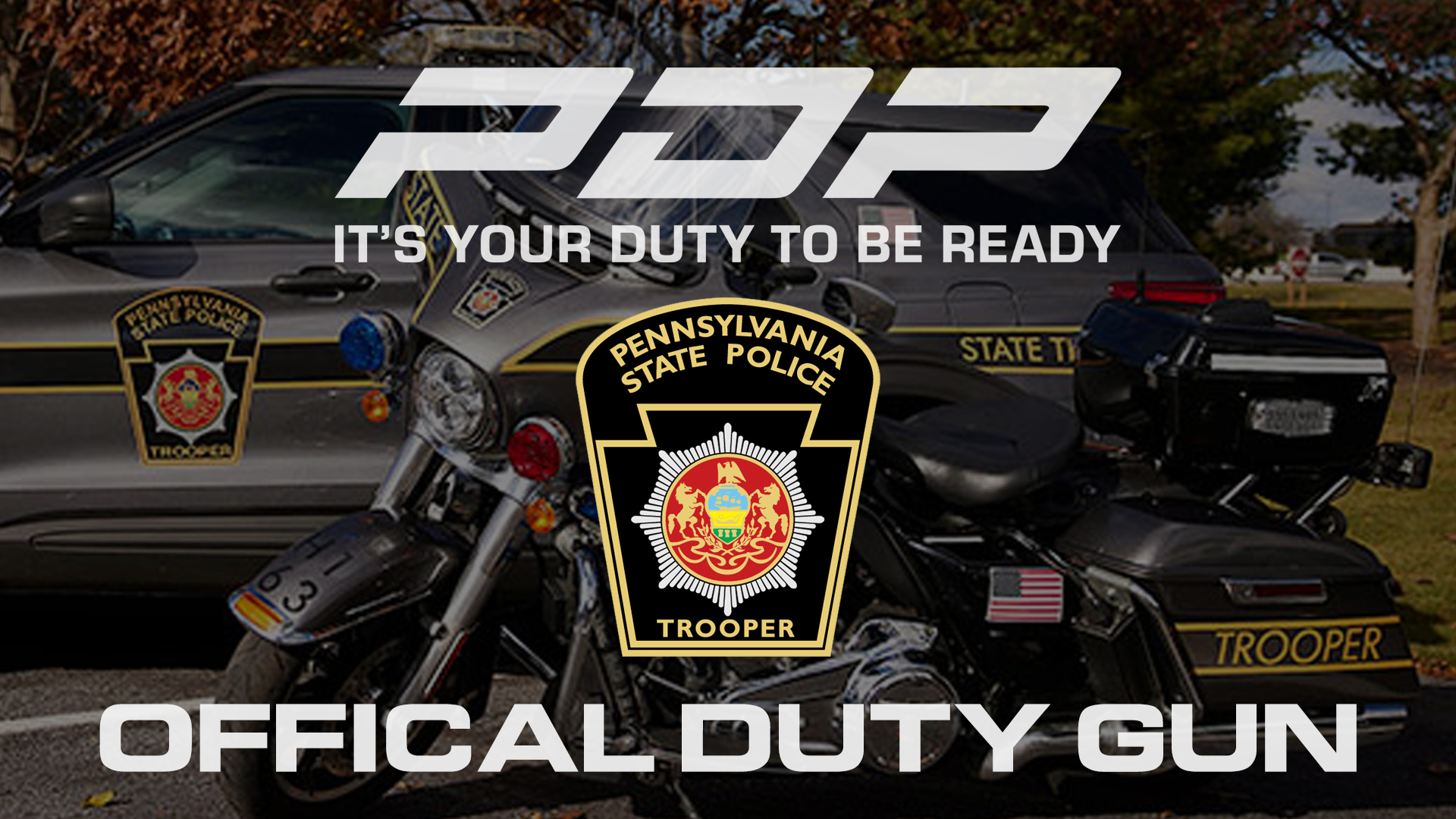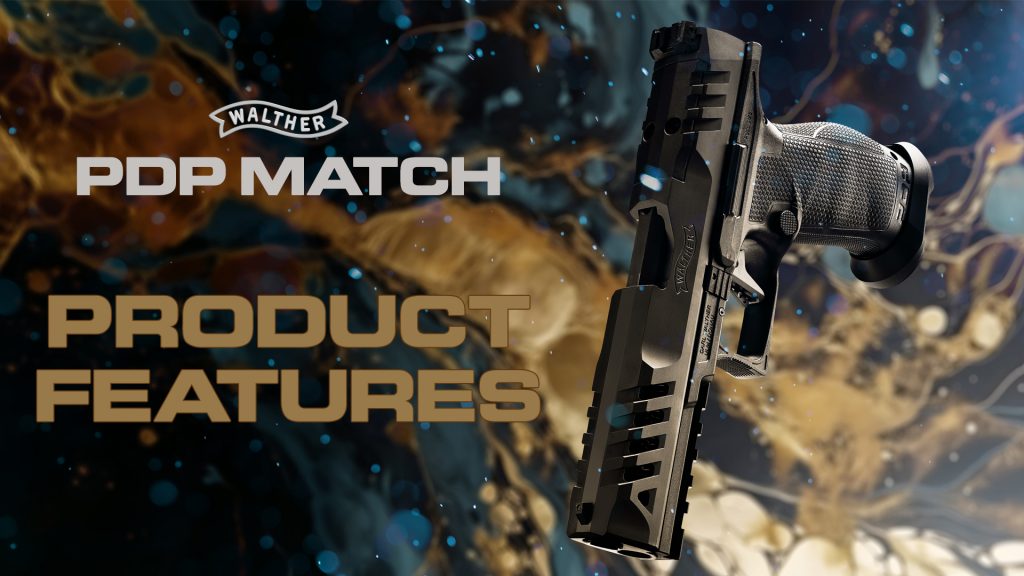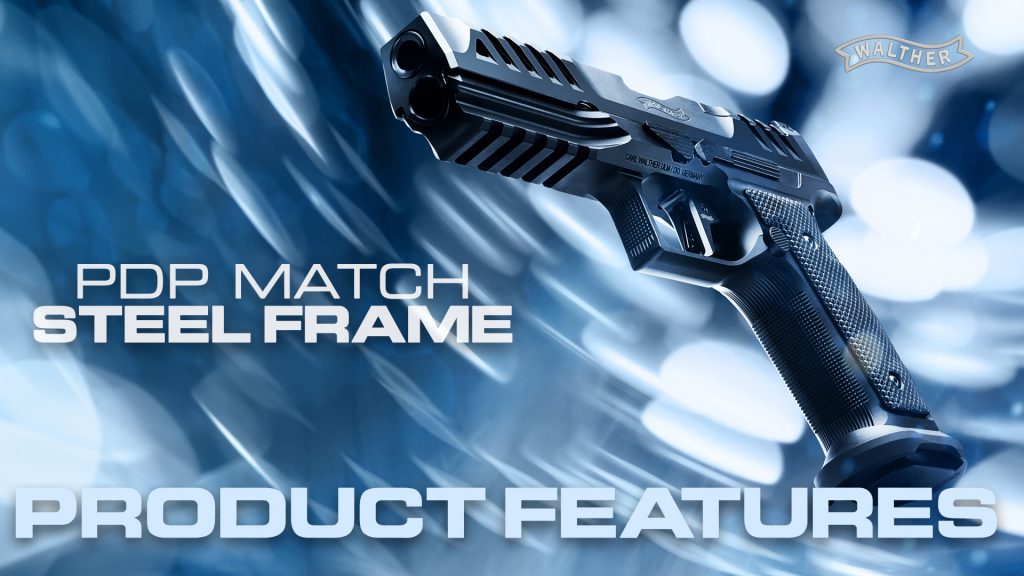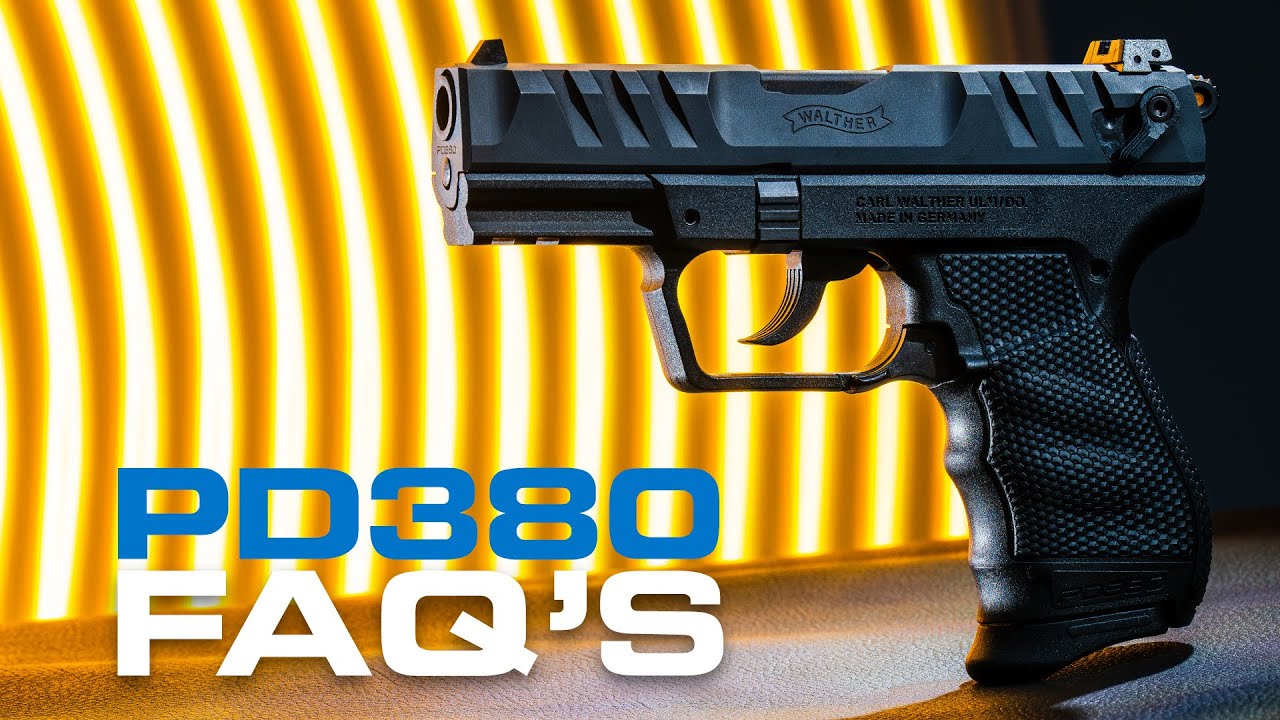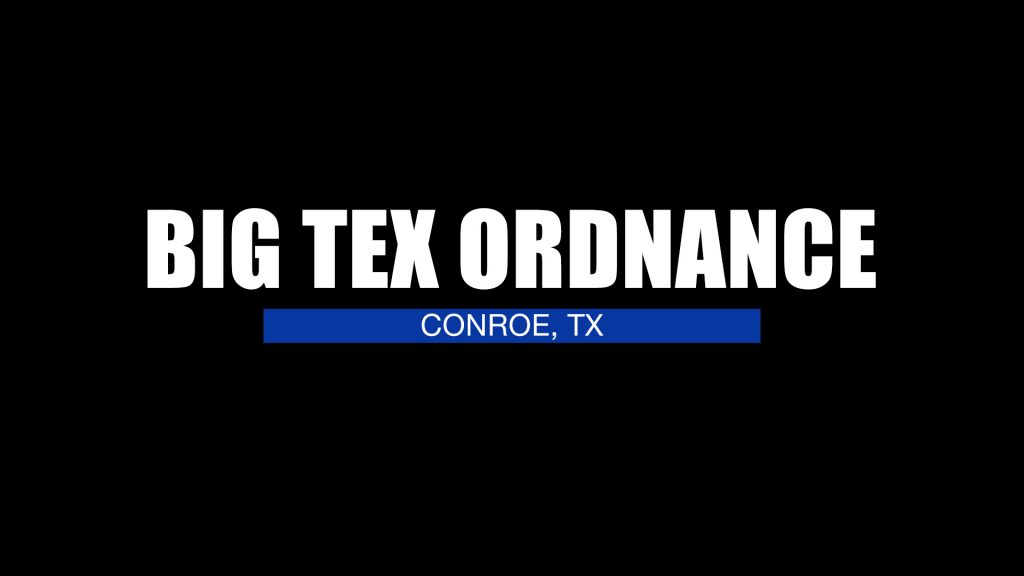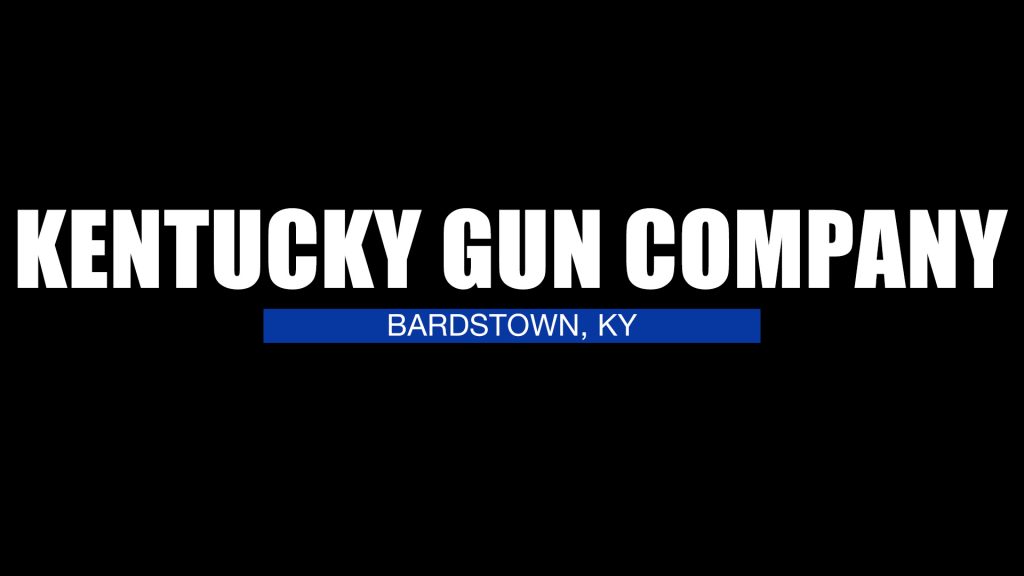Hiking with Tools: Surviving in the Mountains
By Bill Rapier
Based in Idaho, Bill Rapier is the owner and lead instructor of American Tactical Shooting Instruction (Amtac) and also the owner of Amtac Blades.
Bill has recently retired after twenty years in the Navy, where his duty assignments included several years at SEAL Team 3 and over 14 years at Naval Special Warfare Development Group (DEVGRU). Positions held include assaulter, breacher, sniper, team leader, troop chief, and military working dog department senior enlisted adviser. He has always been an avid shooter and is heavily involved in combatives having earned a black belt in Brazilian Jiu-Jitsu.
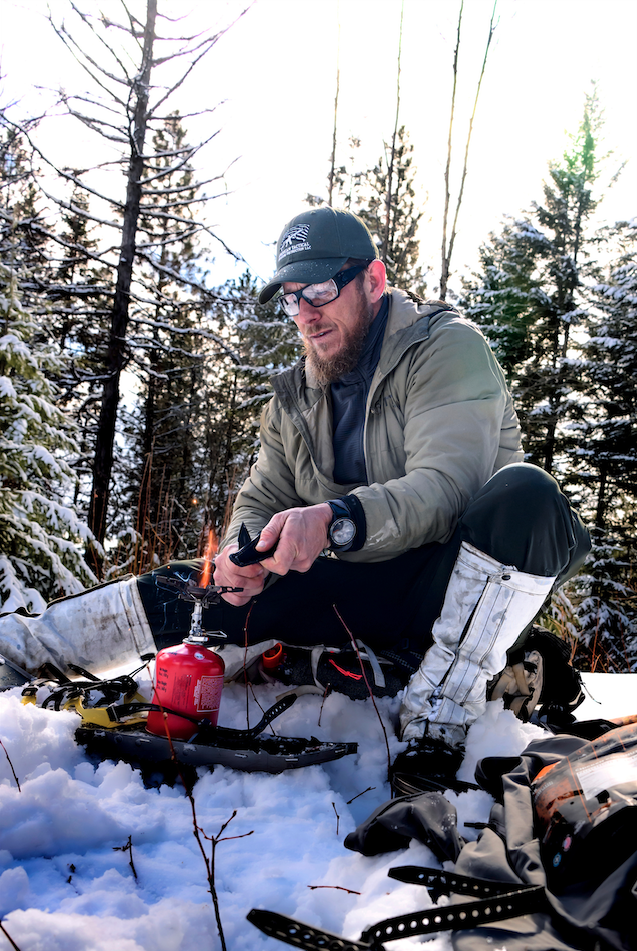
First a little bit of my background. I joined the military right out of high school and spent 20 years in the Navy, the majority of that time was spent in the SEAL Teams. During my time spent on active duty I was always the guy who was into shooting and combatives. Upon retiring from the service I started Amtac Shooting, a training company with a mission statement of helping good Americans be more capable to protect themselves and their families.
It is no secret that I love being in the mountains. Whether it is hiking, climbing, mountain biking or backcountry skiing, being in the wilder untamed places and marveling at the beauty of God’s creation is recharging to my soul. Spending time moving through the mountains and local trails also helps to keep me in shape and to keep the weight off and in general it just makes me feel good.
While I enjoy and recommend that everyone that is able to gets out and gets after it in the backcountry, it is not without danger. Danger from cold or heat, danger from dehydration, danger from rapidly changing weather condition, danger from injury sustained while moving over rough terrain and of course danger from wild animals and ill-intentioned people. You should not go into the backcountry blindly; you should have an answer for and should have thought through how to mitigate all of the above-mentioned hazards.
First off, planning. Do your research and find out everything you can about the area that you are going in to. Read up on the trail conditions, local wildlife, historic weather, and snow conditions. Check your local weather forecast and load out your pack accordingly. Will you be abler to resupply water on this hike, if a water source is available, do you have a water purification system with you that you have practiced using.
Next, make sure that you have pre-hydrated and consumed some healthy calories before setting out. I cannot emphasize this enough, showing up super hydrated for a hike or trail run is more important for the first few hours than having water with you. Depending on how long I am going to be moving for, I will carry both the powdered electrolyte packets like LMNT or Mtn Ops as well as the Endurelyte Extreme electrolyte pills.
Wear weather-appropriate clothing. In the backcountry remember the saying “cotton kills”. You want to wear clothing that you can move in and that will wick moisture away from your body. I knowingly broke this rule once while hiking in Grizzly country in the Cabinet Mountains. My logic was that it was summertime and my drawstroke is faster with a cotton T shirt than it is with a performance shirt. I paid the man that night. Going to sleep with a wet cotton T shirt in my lightweight summer sleeping bag, I froze all night. Wear the right clothes.
Packs. This could be an article in itself. The bottom line is that just like surfing, skiing, and shooting, what pack you pick should depend on what you are doing. My default position is “light is right”, unless I have to carry repeated heavy loads of meat out, I want a pack that is in the 1.5-3 pound range, the Hyperlyte Headwall 55 being my current favorite distance pack and the Hill People Gear Umlindi my go-to for shorter outings.
Warmies, rain gear, hats, and sun shirts. Depending on when and where you are going will determine what right looks like. I like to run a hooded polypro long-sleeved sun shirt as a base layer, a puff jacket (Kuiu, Patagonia, or Otte Gear), an R1 style medium-weight layer, and a lightweight rain jacket like the OR Helium. Bring a ball cap and/or a beanie-style hat for sun protection or warmth.
On my person. I carry a Full-Size 4″ Walther PDP with a Holosun EPS red dot sight and a Surefire XC-2 light/ laser. I carry this combo in a BlackPoint Tactical FO3 holster concealed. Contrary to the “common wisdom” I do not “upgrade” to a bigger heavier pistol or revolver when in the backcountry. Here is some of the LOT (logical order of thought) behind why I do things a certain way.
A couple of closing thoughts. Practice, practice, practice. Train with your hiking gear on. Dryfire a lot. Practice your drawstroke with your pack on, do it with minimal warmie layers as well as with all of your warm clothes on. Get in shape, if you are in shape you will hike further, be less prone to injury, feel better and probably live longer. Lastly pick a cool hike, bring a family member or friend and go and enjoy God’s creation.
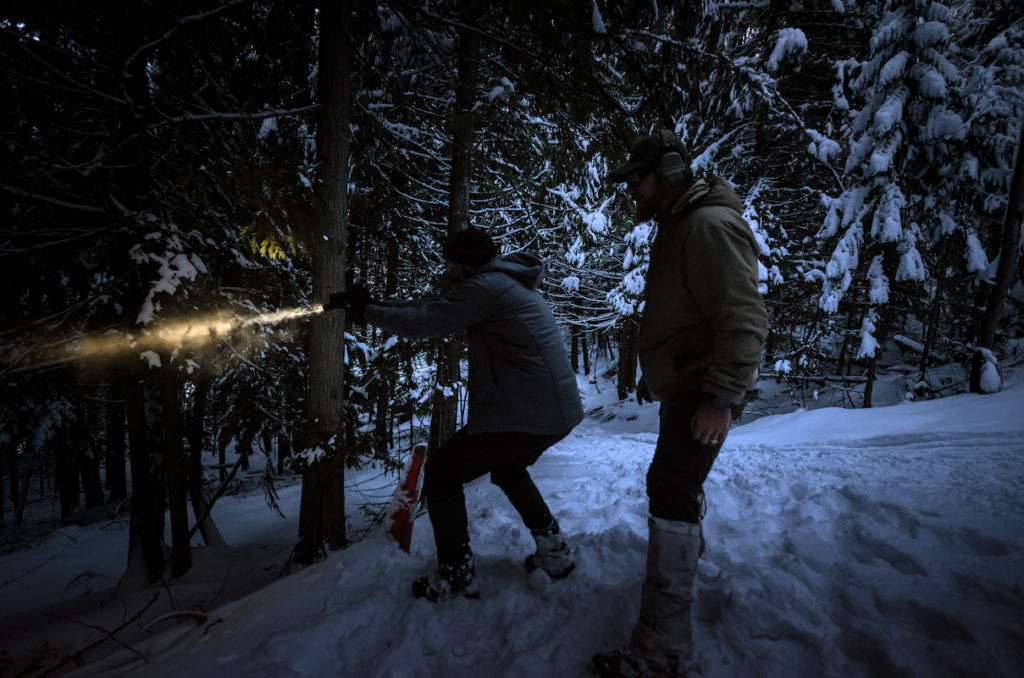
5 PRO-TIPS // HIKING WITH TOOLS
- The most likely dangerous encounter you will experience is with the two-legged critter variety. negating the need for a bigger caliber. The first shot from the holster, shot placement, and fast follow-up shots are king. When dealing with adverse human problems remember that speed, surprise, and violence of action are what wins. I run my normal BlackPoint Tactical FO3 holster concealed while hiking, backcountry skiing, etc…
- While I do not deny that a bigger caliber can have a big advantage, when was the last time you shot a class with your 454 Casul? What are your splits with it, what is your draw stroke time with it, and how many reps do you have with your “bear gun”? I want the tools on me that I carry and practice with on a daily basis. I want the tools on me that I know I can draw under all conditions with all different types of warmies and packs on. I want 18 rounds in my gun and easy .2 sec follow up shots.
- If I am only hiking for 1-3 hours or the load is very light I keep my BlackPoint Tactical FO3 holster in the normal slightly forward of three o’clock position and I do not use the waistband. I am moving all day/ multiple days or with a heavier than 30 lbs load, I will shift my belt buckle over more to the side and I will run my FO3 holster center line appendix. I can then put the waistband on over my hips with no discomfort. Pro tip, after buckling your waistband untuck any outer garments over the waistband so that you can access your pistol without having to unbuckle your waistband.
- Don’t carry off body unless there is absolutely no other way to carry. While it may be more comfortable and depending on your holster type/ level of practice it might be faster, remember the most likely violent encounter is with the humankind so we want to maintain the surprise. The other and I believe the bigger reason not to carry off body, is that you will not always be armed. Picture this, you have been walking all day, you are tired, you find a suitable camp sight, drop your pack and then move 50 yards away from your camp to answer naturs call. Did you take your pistol out of its backpack holster, if you did you put it in to another holster or are you carrying it around in your hand (this could potentially cause its own set of problems).
- Run deep penetrating ammo. This is the one thing that I will change when going into the backcountry. If you have to shoot a bear or a moose, you want all of the penetration that you can get. Whether you go old school with +P hardcast or you go with the newer solid copper rounds look for +P and deep penetration (Blackhills, G9, and Underwood are all good choices).
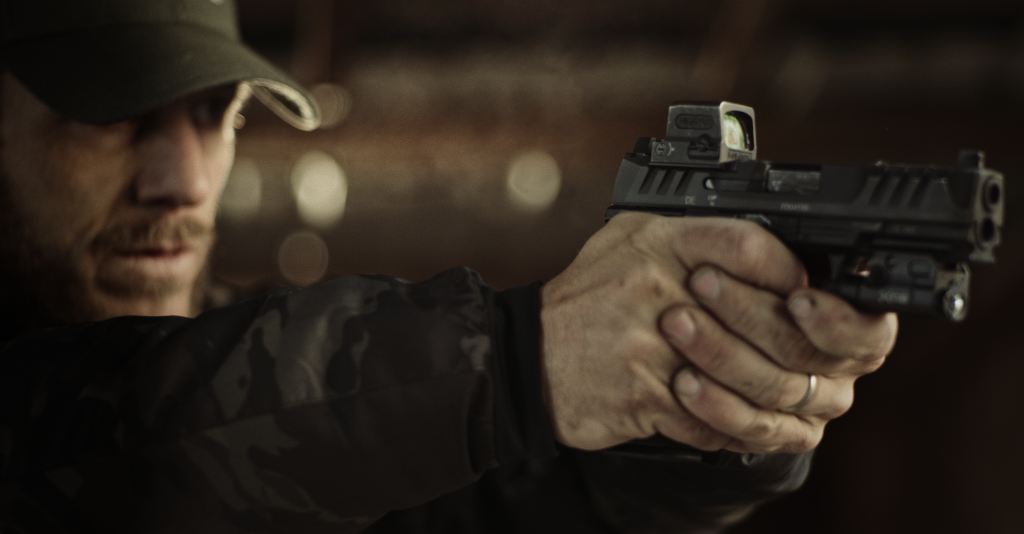
High Capacity Magazines To Keep You In The Fight
FREE STOP BOX WITH PURCHASE OF A NEW WALTHER WMP, PD380, OR P22
**ENDED** FREE STOP BOX WITH PURCHASE OF A NEW WALTHER WMP, PD380, OR P22 Get piece of mind when you buy any of these new Walther handguns. The Stop Box is a great security tool to help you keep your pistol safely and securely out of reach yet quickly accessible only to you via the…
For a Limited Time, Get 3 x Free Magazines
**ENDED** For a Limited Time, Get 3 x Free Magazines when you Buy any New Walther PDP Base-Model This is a great opportunity to get an added value of ~$150 when you buy the Walther PDP that you were going to buy anyway! This promotions gives you Three-Times the incentive to “pull-the-trigger” on the purchase…
How to get into Competitive Shooting
I used to say, “I am a competitive shooter,” when people asked about my athletic background. This is a simple answer to a simple question, right? Well, I realized that my answer was too broad, considering the several disciplines in shooting sports. It is like someone who practices taekwondo saying they are a competitive martial artist when you ask them about their hobbies. I am sure you would like to know what martial arts they practice.
Now, when people inquire about my sport, I say that I am a pistol shooter focused on practical shooting competitions, AKA running and gunning. And, of course, you can picture a big smile on my face, specially when I say “running and gunning.” I have one as I write it down.
Best Compact 9mm Handguns
BEST COMPACT 9MM HANDGUNS OF 2024: By Pew Pew Tactical Other than “best caliber”, “Stopping-Power”, or “AK vs AR”, few topics in the gun community generate more venom between otherwise friendly folks than the “Best of” category. Never ones to shy away from stirring up the “$*!@“, Sean Curtis and Wyatt Sloan tackle the always…
Mastering Marksmanship: Increasing Pistol Accuracy
In the world of shooting sports, self-defense, or law enforcement, training a high level of pistol accuracy is a fundamental skill. Whether you’re entirely new or well experienced, improving accuracy is an ongoing process. Being accurate without a time limit is the first piece to develop. After that, testing that accuracy at speed has been where I’ve found the most growth. We will cover both of these elements in detail.
Pennsylvania State Police Select the Walther PDP
PENNSYLVANIA STATE POLICE SELECT THE WALTHER PDP Pennsylvania State Police Selects Walther PDP as Official Duty Handgun Walther Arms, Inc., in conjunction with their law enforcement and sales partners, Eagle Point Guns and Keystone Manufacturer’s Representatives, is proud to announce the Walther PDP as the official duty weapon of the Pennsylvania State Police. After rigorous…
NRA World Shooting Championship: Presented by Walther
NRA WORLD SHOOTING CHAMPIONSHIP: PRESENTED BY WALTHER Join Walther at Camp Atterbury in Indiana this April 4-6, 2024 as we present the return of the NRA World Shooting Championship! At this competition, you will have the opportunity to compete in multiple types of major firearms shooting sports including pistol, rifle, shotgun as well as combined firearm…
Walther PDP Match (Polymer): Product Features
WALTHER PDP MATCH (POLYMER FRAME): PRODUCT FEATURES This article covers the main product features of the new Walther PDP Match (Polymer Frame). BEHOLD THE POWER OF THE PDP MATCH. The PDP Match is the epitome of pure performance engineered to dominate. Crafted with an unwavering focus on function, this 9mm powerhouse stands as a testament…
Walther PDP Match Steel Frame: Product Features
WALTHER PDP MATCH STEEL FRAME: PRODUCT FEATURES This article covers the main product features of the new Walther PDP Match Steel Frame. THE UNHOLY UNION OF RACE GUN AND DUTY GUN. The substantial weight of the steel frame is a game-changer, significantly taming recoil and delivering a level of smoothness in every shot that’s second…
WALTHER PD380: TRAINING BASICS AND TIPS
WALTHER PD380 TRAINING BASICS AND TIPS FEATURES AND OPERATION (FAQ) FREQUENTLY ASKED QUESTIONS This video series covers a myriad of topics for your viewing pleasure. Everything from “Firearms Safety” to the basics necessary for safe and efficient handling and operation of your handgun. This specific series is centered around the New Walther PD380. These videos…
BEYOND THE COUNTER: BIG TEX ORDNANCE
BEYOND THE COUNTER: BIG TEX ORDNANCE – Presented by Walther Get to know some of the Country’s best firearms retailers as well as the kind, intelligent, and funny human beings who work Beyond the Counter in this new video series Presented by Walther In the hustle and bustle of our daily lives, we often overlook…
BEYOND THE COUNTER: KENTUCKY GUN COMPANY
BEYOND THE COUNTER: KENTUCKY GUN COMPANY – Presented by Walther Get to know some of the Country’s best firearms retailers as well as the kind, intelligent, and funny human beings who work Beyond the Counter in this new video series Presented by Walther In the hustle and bustle of our daily lives, we often overlook…

